Versatility is the name of the game for the Tamron 50-400mm f4.5-6.3 Di III. The lens tacks on a wider view to the standard 100-400mm lens, creating an 8x zoom that picks up where most kit lenses leave off. The lens isn’t the only Tamron optic to go outside more common focal lengths, and it’s a good strategy. The mix of super-telephoto with a standard 50mm gets close to wildlife and sports but then backs off, using more of the scene to tell the story.
But what do photographers sacrifice to get that wider range of focal lengths? While there is one area where some lenses can do better (autofocus speed), this versatile Tamron zoom captures images sharp enough to compare with prime lenses.
The Big Picture
Pros
- Versatile zoom range
- Excellent stabilization
- Lightweight
- Weather-sealed
- Custom controls
- Sharp, technically superb images
- 1:2 Macro focusing at 50mm
Cons
- At 400mm, autofocus struggles on the most difficult subjects
- Flare is heavily suppressed.
Pixel peeping images shot with the Tamron 50-400mm f4.5-6.3 Di III VC VXD, I couldn’t tell that the photos were shot with a non-Sony lens. Subjects are tack sharp. There’s a little chromatic aberration or other annoyances.
Using this lens was almost as pleasant as looking at the images. The 50-400mm range allows for getting up close on some wildlife, but then backing off and showing that animal on a backdrop of fall colors. It’s light enough to hike with, and the stabilization means this lens rarely needs a tripod. The wide zoom range makes it a great lens for photo walks; you are ready for almost anything.
The trade-off for the wider range than the typical 100-400mm is some occasional autofocus struggles. The lens easily focuses on even challenging subjects at 100mm. At 400mm, it will still capture tack sharp wildlife, but subjects moving quickly towards the lens are a struggle. The long end of this lens is best for subjects that aren’t heading straight toward the camera.

I’m giving the Tamron 50-400mm f4.5-6.3 Di III VC VXD four out of five stars. Want one? Check them out on Adorama.
Gear Used
I used the Tamron 50-400mm with the Sony a7 IV. The lens is a temporary loan from Tamron, and the camera body was loaned by Sony and LensRentals.
Innovations
What sets the Tamron 50-400mm apart is versatility. A 100-400mm zoom is a more common focal length range to find. Tamron expands the options on the wide end, effectively covering a majority of the focal lengths a kit lens doesn’t. This allows for wider shots for sports and wildlife when needed, and the versatility to be used for other genres too. Adding to that versatility, it also gets a 1:2 macro reproduction on the wide end and has a weight similar to a 100-400mm.
Ergonomics
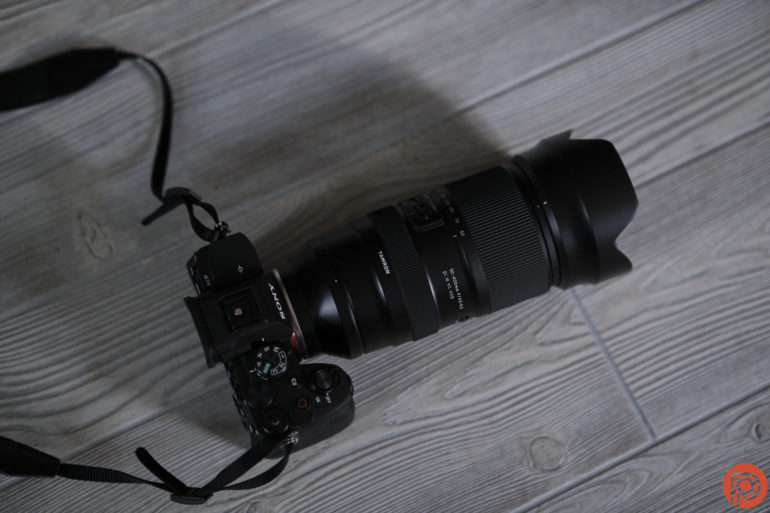
The Tamron 50-400mm f4.5-6.3 Di III VC has a wider range of focal lengths than most in the category, but it’s not terribly large. The size reminds me almost of a 70-300mm I once owned. It weighs 40.7 ounces and is a little over seven inches long. While it’s still a super telephoto, it’s possible to easily hike with this lens.
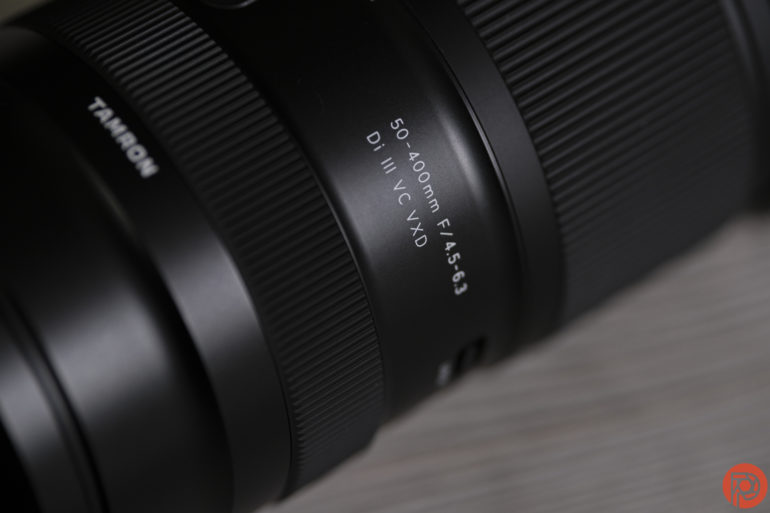
The first control out from the mount is the focusing ring. It’s narrower than the zoom ring, making it easier to differentiate. The focus ring turns smoothly, with a good range to it. Similarly, the zoom ring is nice and grippy.
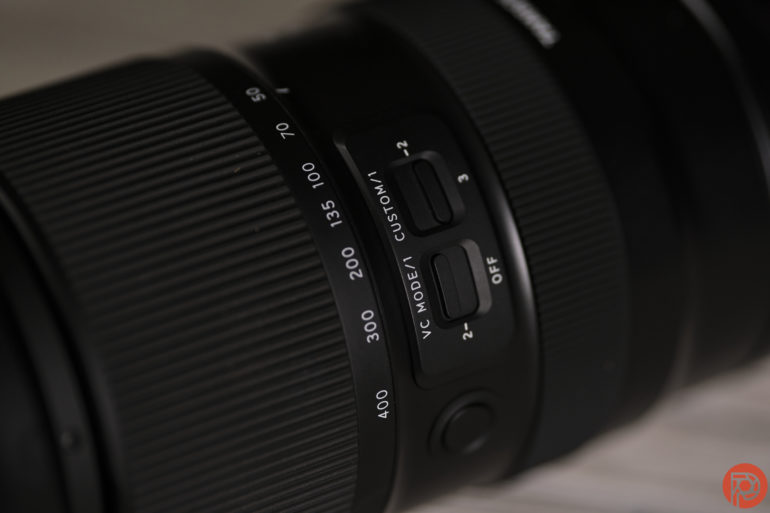
Sandwiched between the focus and zoom rings are Tamron’s custom controls. The custom switch has three positions and changes the button’s function at the side. The controls are customized using the USB-C plug near the lens mount and Tamron’s lens software. One of the options is to limit the focus range since there is no dedicated AF limiter switch. The lens also has a switch here for the stabilization mode.
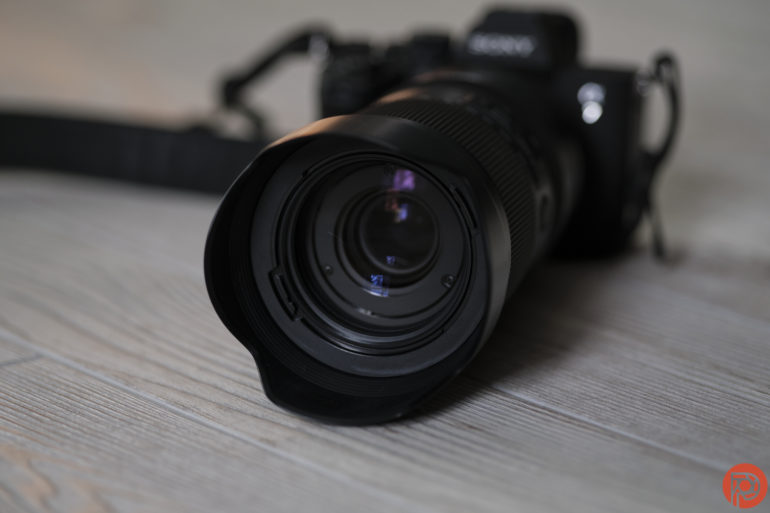
The lens ships with a petal-shaped hood. It accepts 67mm filters. While it doesn’t ship with a tripod collar, Tamron sells one separately.
Build Quality
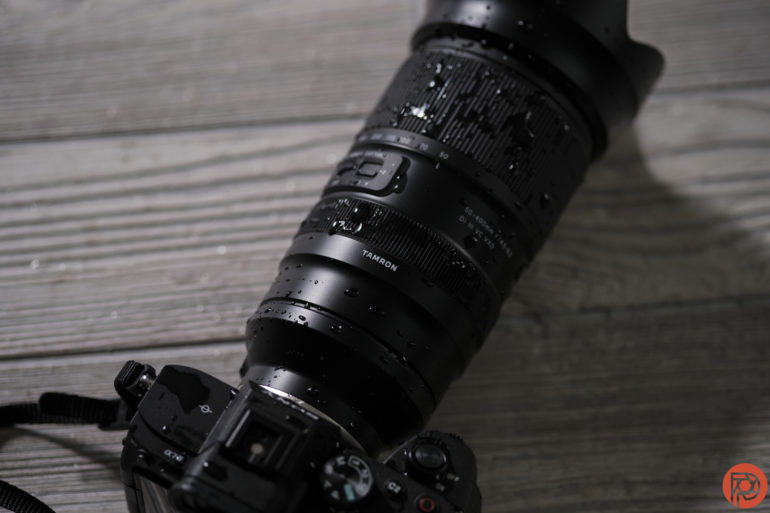
With moisture-resistant construction, part of the Tamron 50-400mm’s versatility is the ability to shoot in more weather conditions. The seals are located throughout the barrel and at the mount, and the USB-C port is also weather-sealed.
I hung this lens out my truck window in light rain on a wildlife drive, and it did just fine. Since that was a pretty light rain under partial cover, I also splashed the lens with a cup of water. Again, the lens continued functioning normally. And I didn’t spot any sensor dust or debris during my review.
Focusing
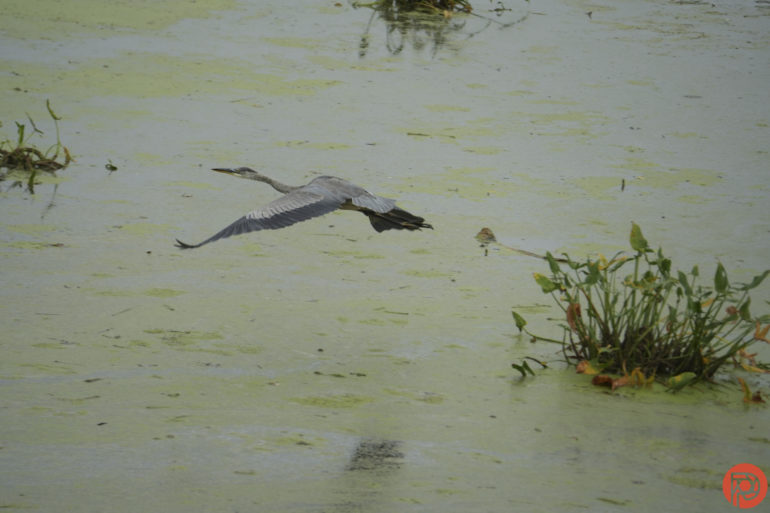
A 50-400mm means a lot of glass for the autofocus motor to move. The most reliable autofocus performance is at the wide end of this lens. At about 100mm, the lens was able to freeze a running dog headed straight towards the camera with only occasional dropped frames. At this focal length, the lens is reliable even for difficult subjects.
Using the full extent of that 400mm zoom, the lens accurately locked onto birds perched on branches and blue herons walking through the water. With the fastest, most challenging subjects — those heading straight towards the camera — the lens struggled, only occasionally locking onto the face of a dog coming towards the camera at a full run. This isn’t terribly surprising, as the longer the lens is and the wider the zoom range, the more pieces the autofocus has to move.
Overall, I think the autofocus system is sufficient for most wildlife shots and several sports scenarios. But, lenses that lack an 8x zoom will have an edge when it comes to the most difficult subjects for any autofocus system to latch onto. I would use this lens for sports, but I would adjust my shooting to meet the lens’ strengths and weaknesses. On the sidelines of a football field, for example, I would use the full length of the lens as most action would be heading down or up the field. If I stood behind the end zone, I would try to keep this lens in wider focal lengths.
Ease of Use
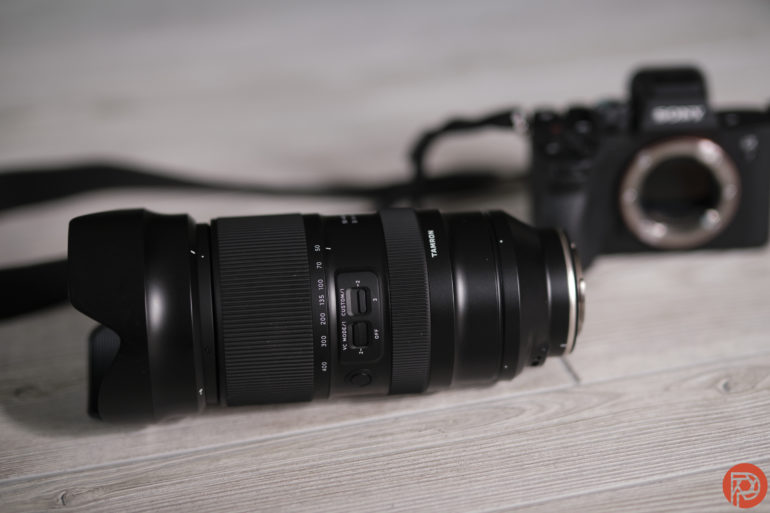
The wide zoom range helps make this Tamron lens simple to use. It was great to get close to wildlife, but then back off to get a shot of the fall colors. Zoom lenses also tend to be easier to use with wildlife, making them easier to find with the lens by backing off and then zooming back in.
What’s most impressive about the Tamron 50-400mm is that you can capture both of these shots below, without lens swaps. In wildlife and sports, there’s often no time to swap. Using a zoom is much easier than swapping lenses in those scenarios.
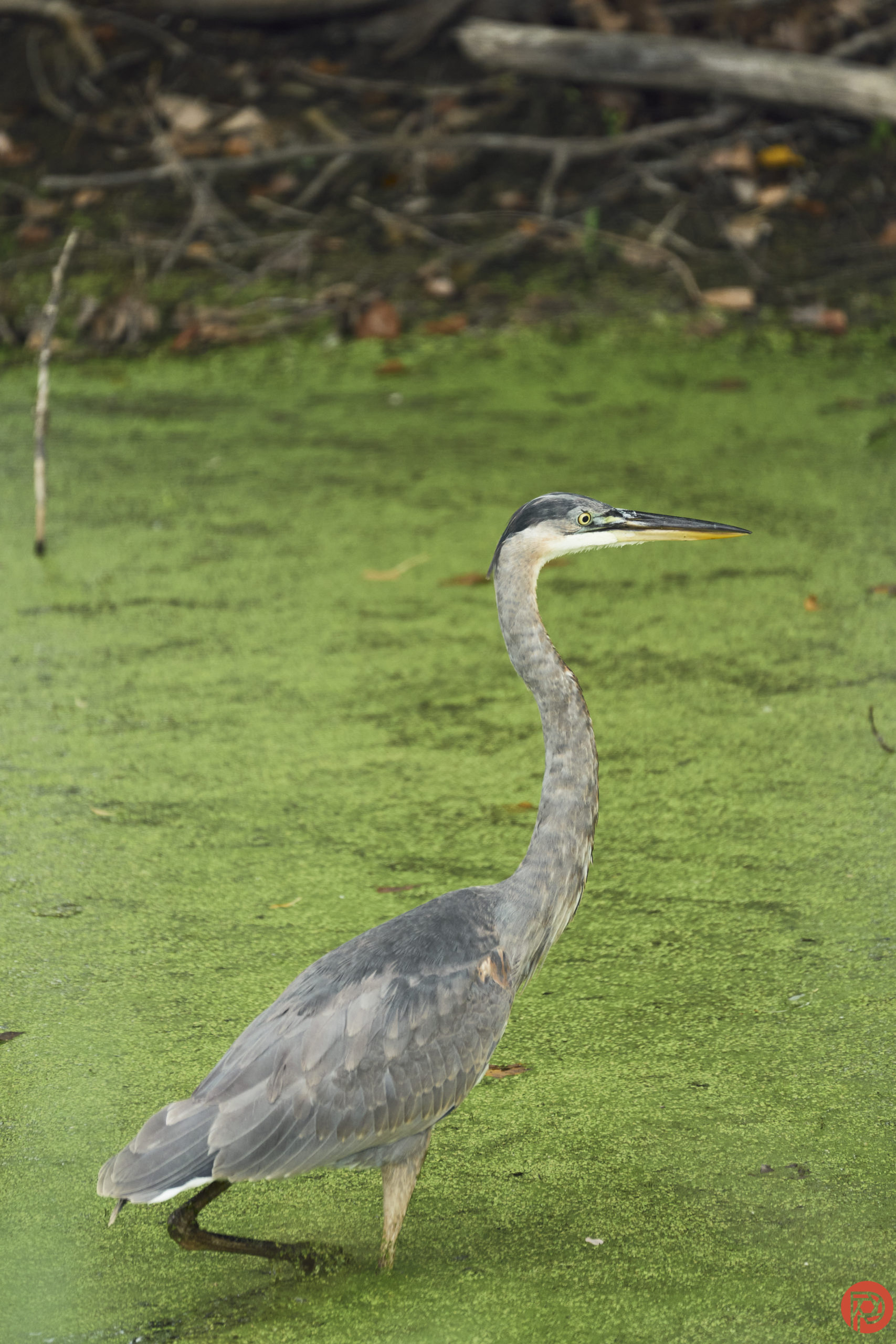
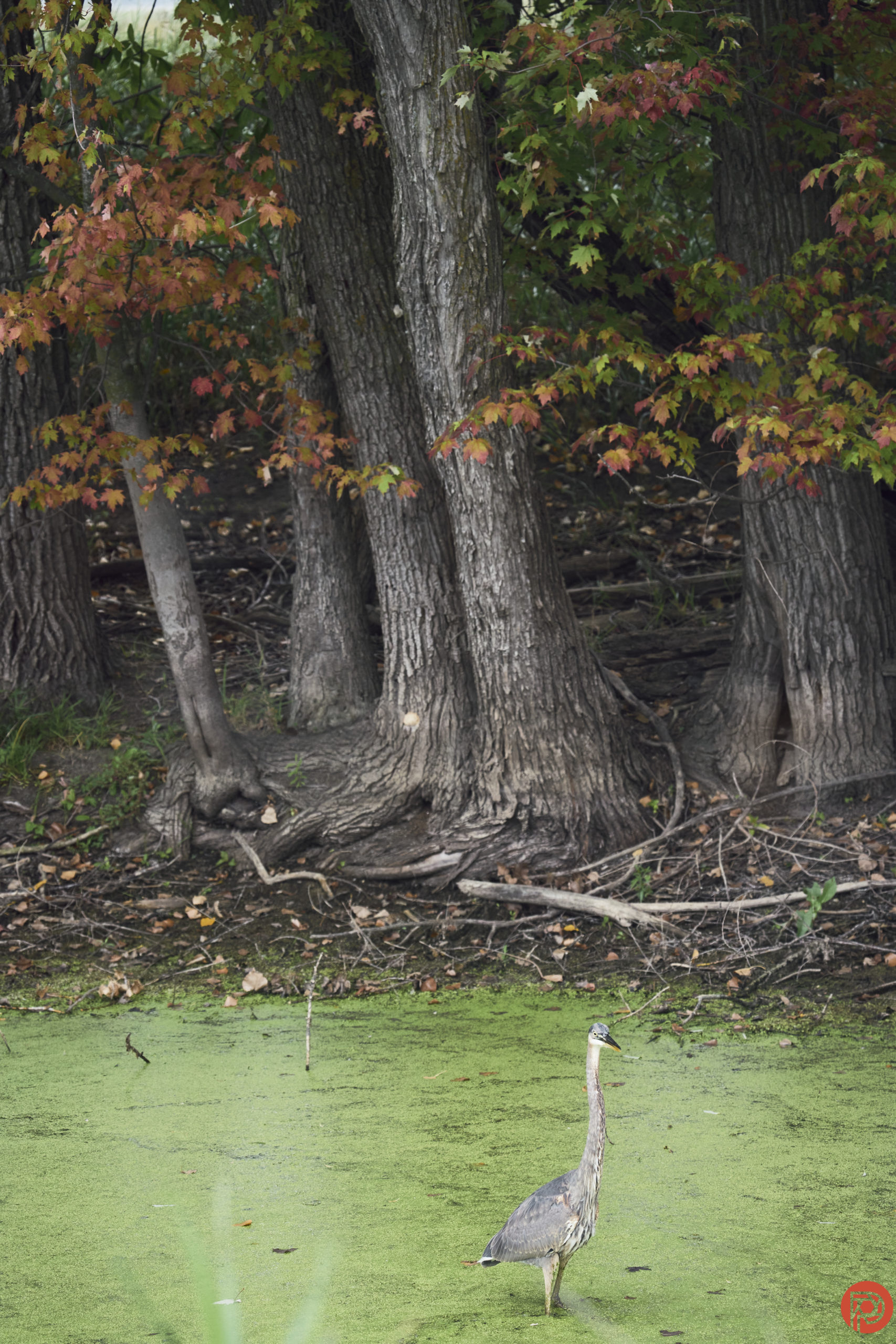
Equipped with stabilization, the 400mm focal length is easy to use handheld. In fact, I could still get sharp shots at 1/25 seconds at full zoom with careful handholding. That’s a best-case scenario, and if you don’t want to hold your breath, the shutter speed should be bumped up quite a bit. But that’s a very impressive stabilization system.
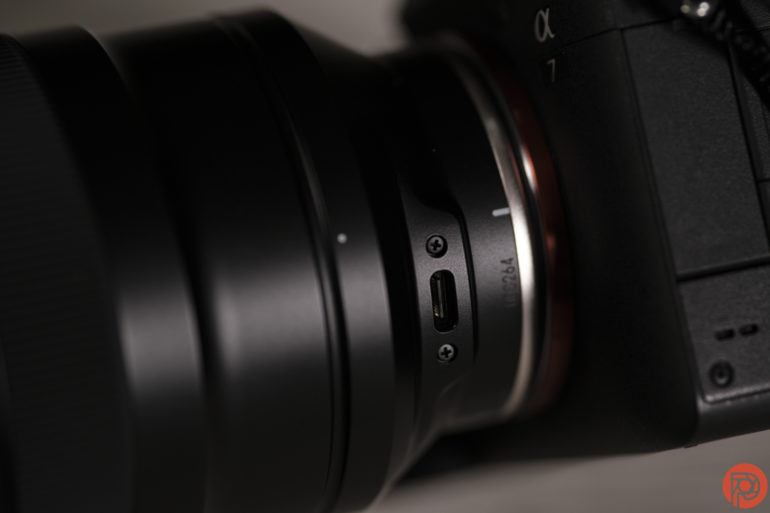
What’s more complex about this lens is the customization. The USB-C port helps install firmware updates simply. But, you need a computer to customize the controls; you can’t do it from the camera menu. That means you can’t adjust the custom settings mid-shoot.
Image Quality

The Tamron 50-400mm doesn’t sacrifice quality for versatility. The lens feels every bit as sharp as a Sony lens. Colors are vibrant without being over-the-top. Character is added with a slight, easily editable vignette, though flare is hard to achieve.
Bokeh
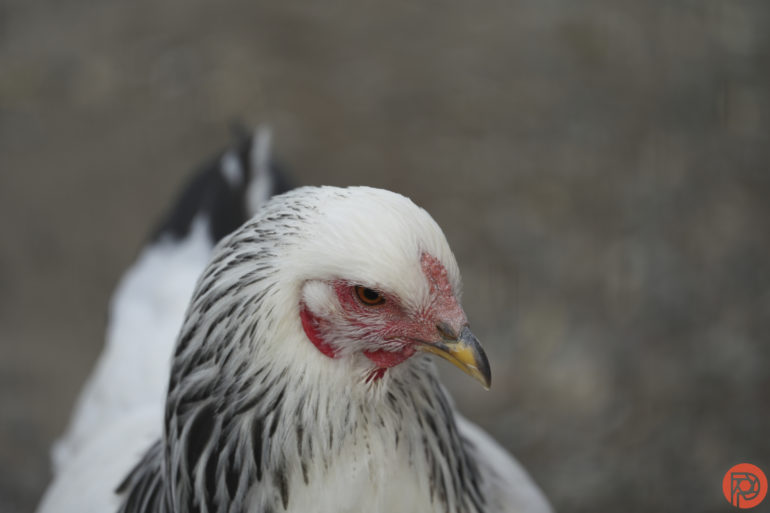
The Tamron 50-400mm doesn’t have the brightest aperture with an f4/5-6.3. But, what the lens lacks in wide apertures, it makes up for with close focusing capabilities and the background blur that comes with a 400mm. On relatively close subjects at 400mm, the lens can still make some backgrounds appear as a nearly solid color. Points-of-light make round bokeh balls without onion rings or bubbling. It’s not the bokeh machine of a telephoto prime, but it delivers some beautifully soft backgrounds.
Color Rendition
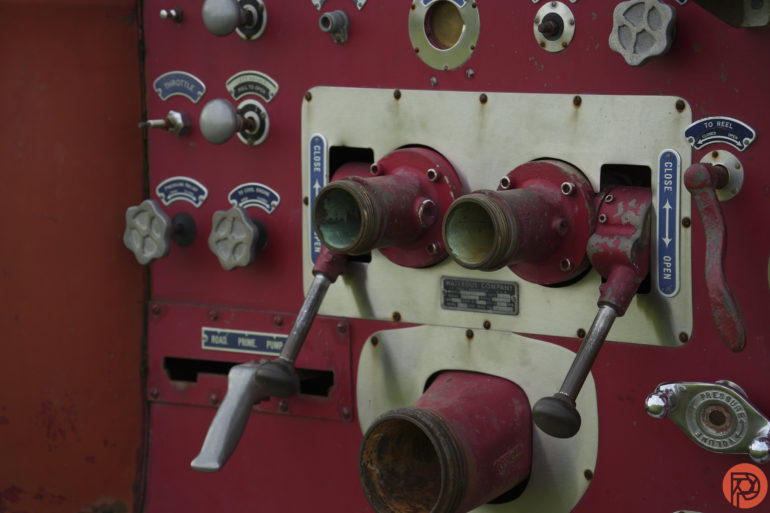
I like the way this Tamron lens mixes with Sony sensors for color. In good lighting, I didn’t feel like the images were in sore need of color corrections. Colors find that happy medium; the tones have a bit of punch to them but aren’t oversaturated and still feel largely accurate to the scene. I also didn’t spot any obvious or annoying color fringing.
Lens Character

There’s a slight vignette to the RAW files that don’t appear on the JPEGs, which is easily editable.
But, this lens leans heavily towards technical perfection rather than quirky character. It feels similar to a Sony-branded lens with super sharp subjects and heavily suppressed flare. The character here comes from that super long 400mm telephoto reach.
Extra Image Samples
From day one, The Phoblographer has been huge on transparency with our audience. Nothing from this review is sponsored. Further, lots of folks will post reviews and show lots of editing in the photos. The problem then becomes that anyone and everyone can do the same thing. They’re not showing what the lens can do. So we have a section in our Extra Image Samples area to show edited and unedited photos. From this, you can make a decision for yourself.
Unedited
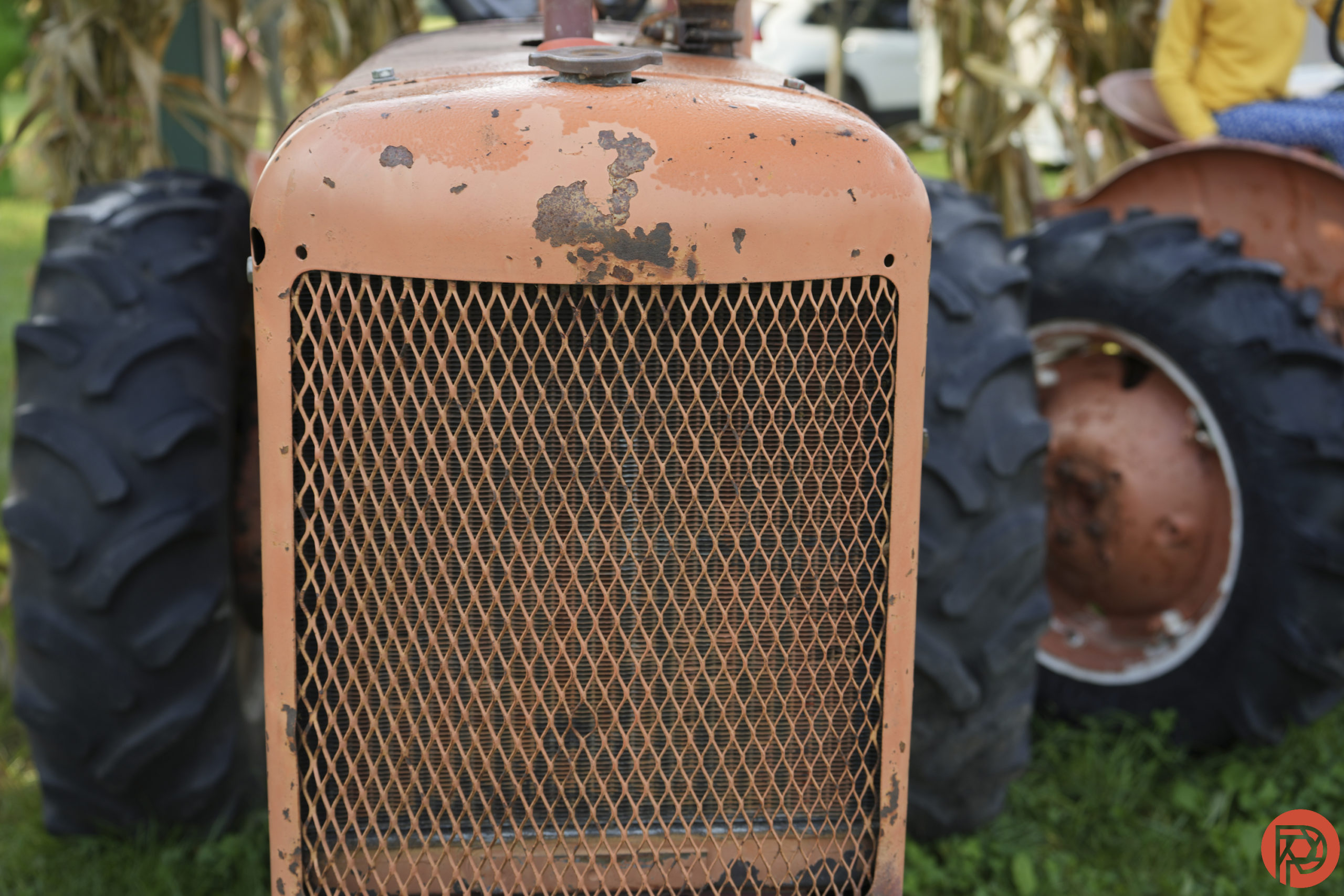
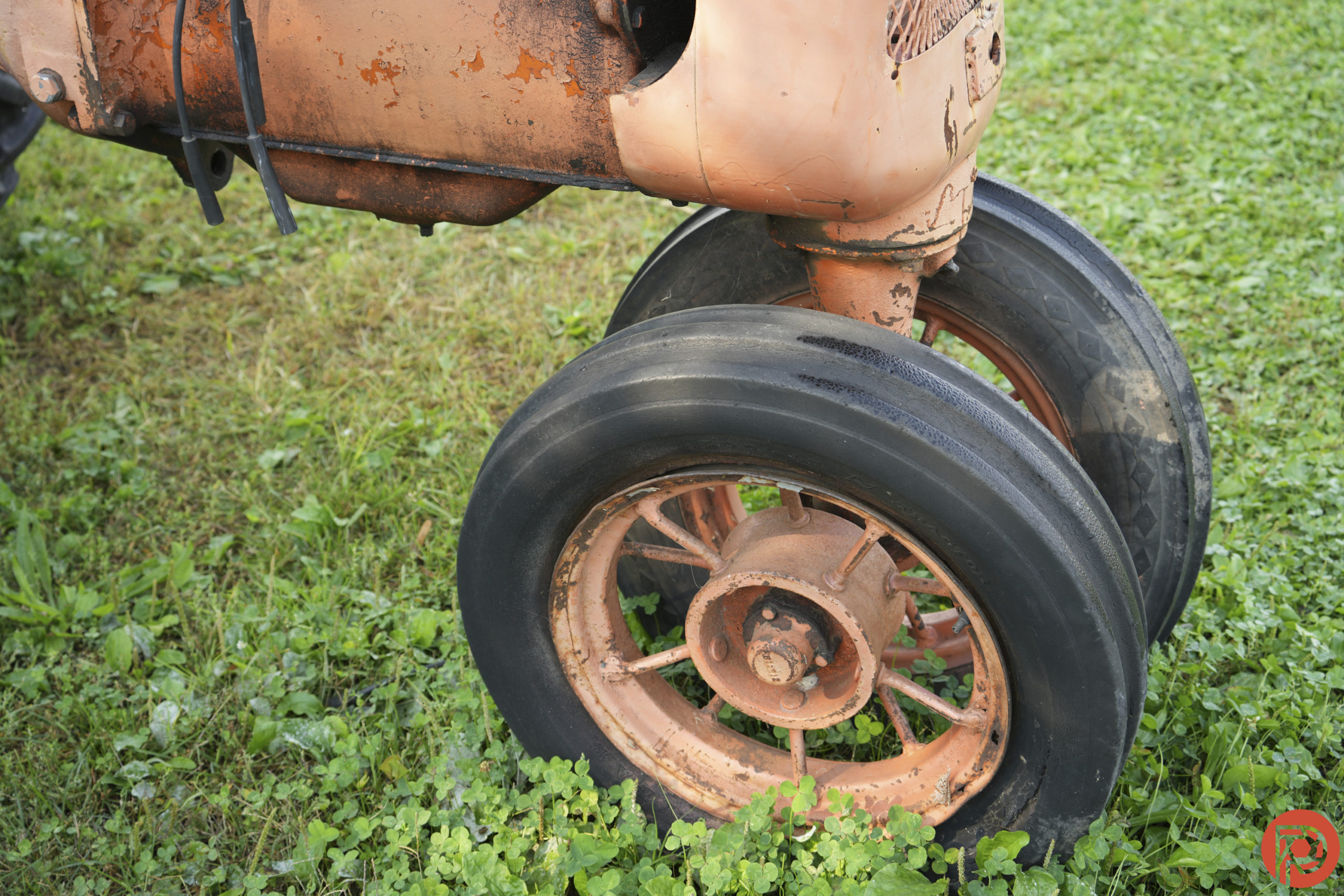




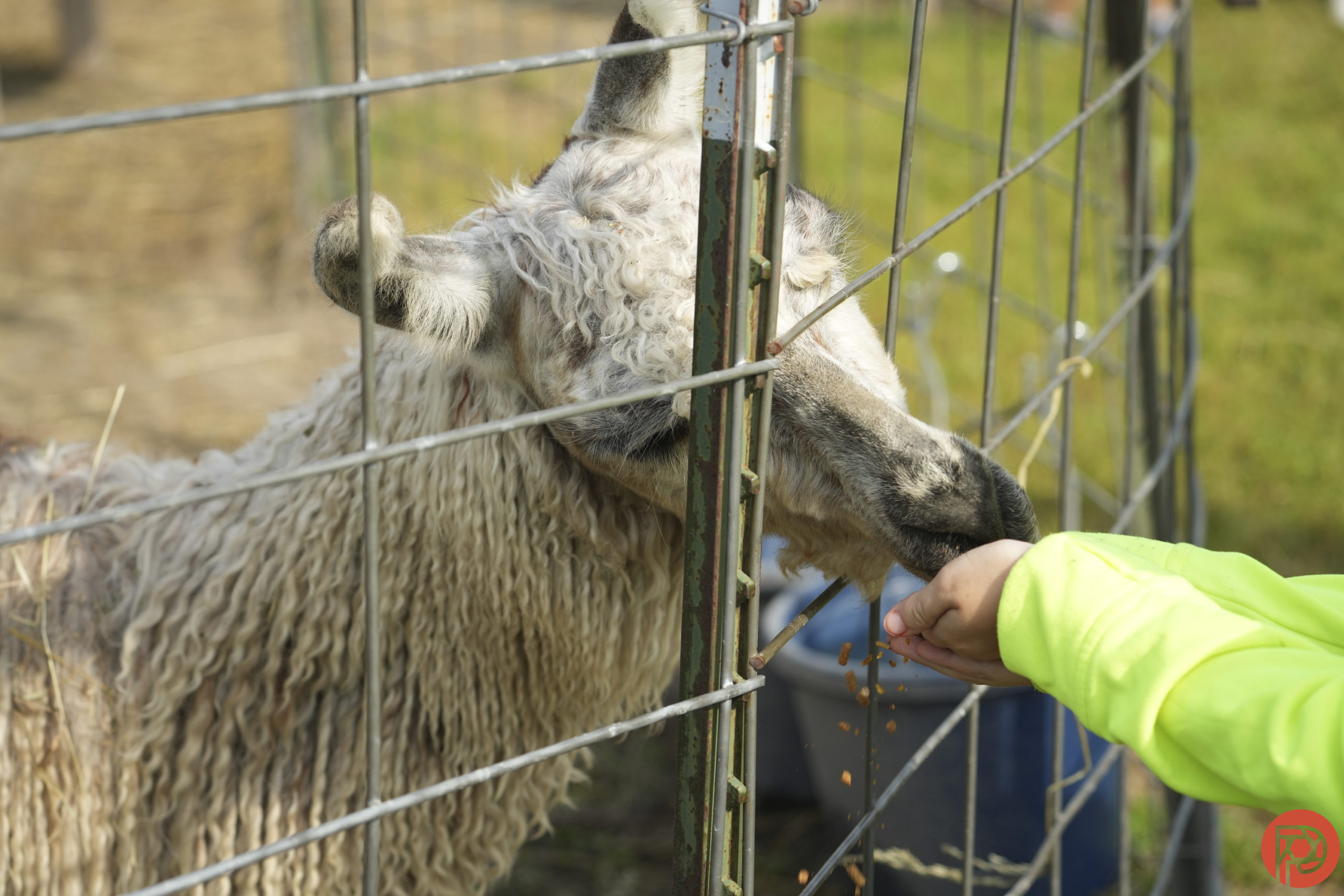
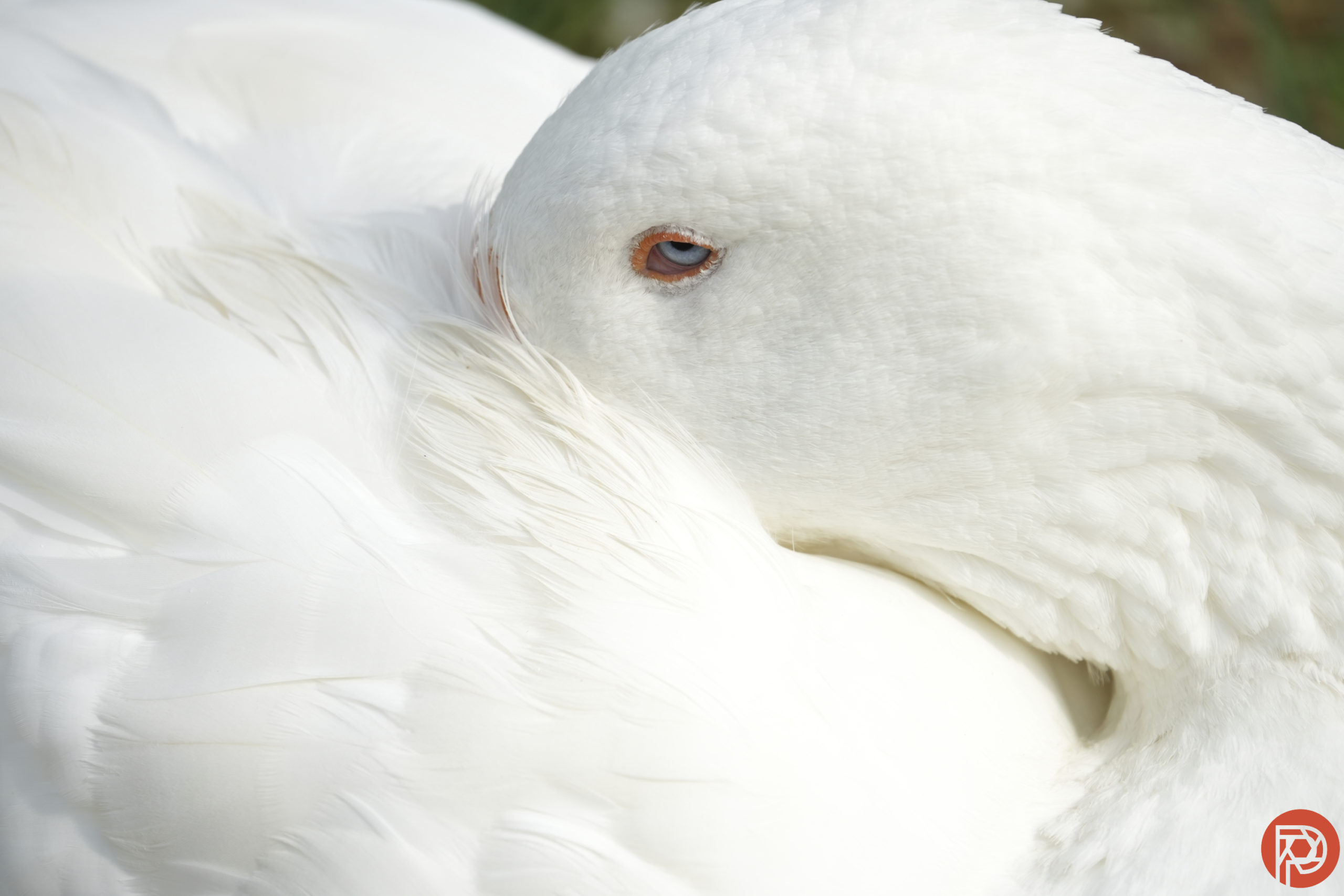


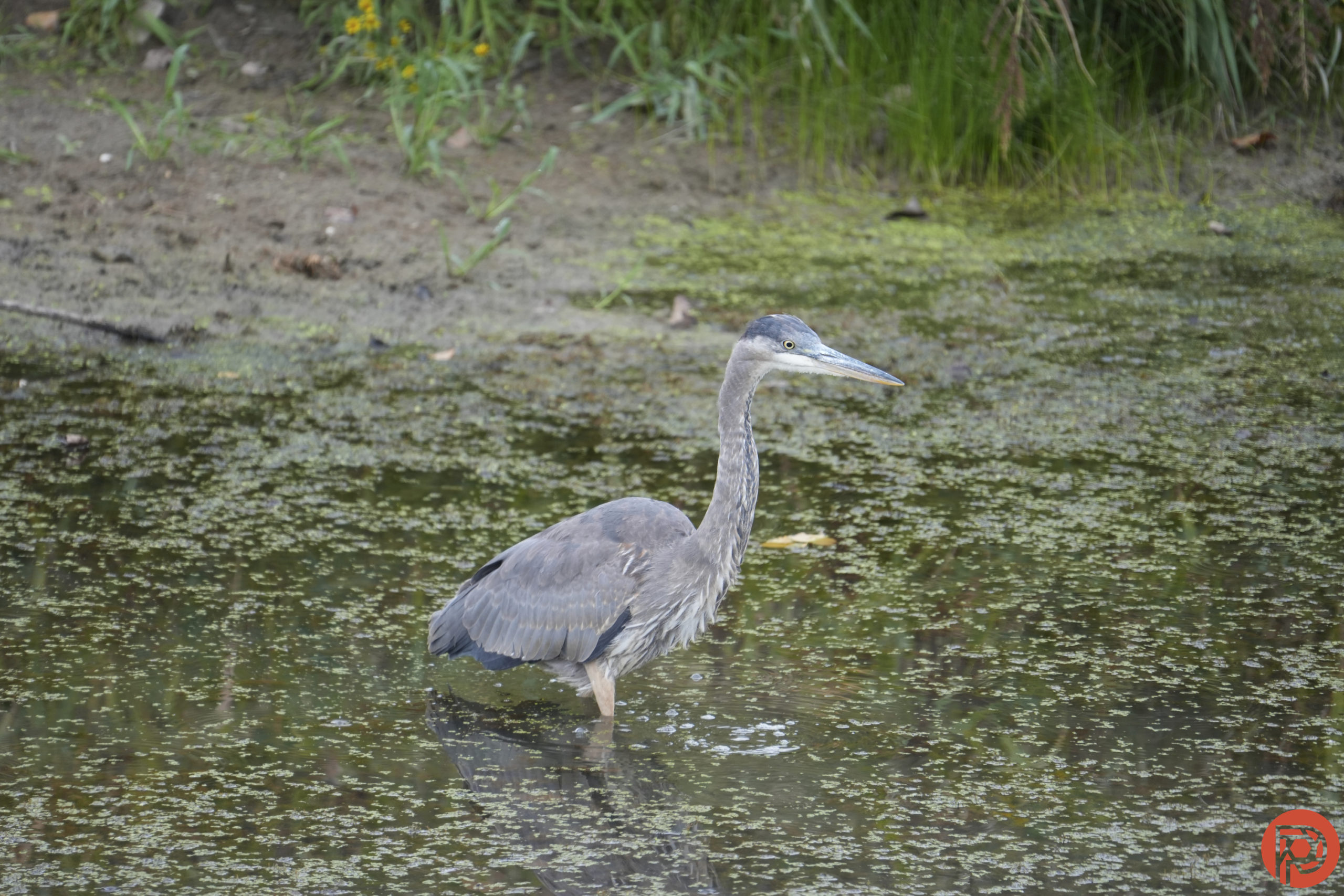

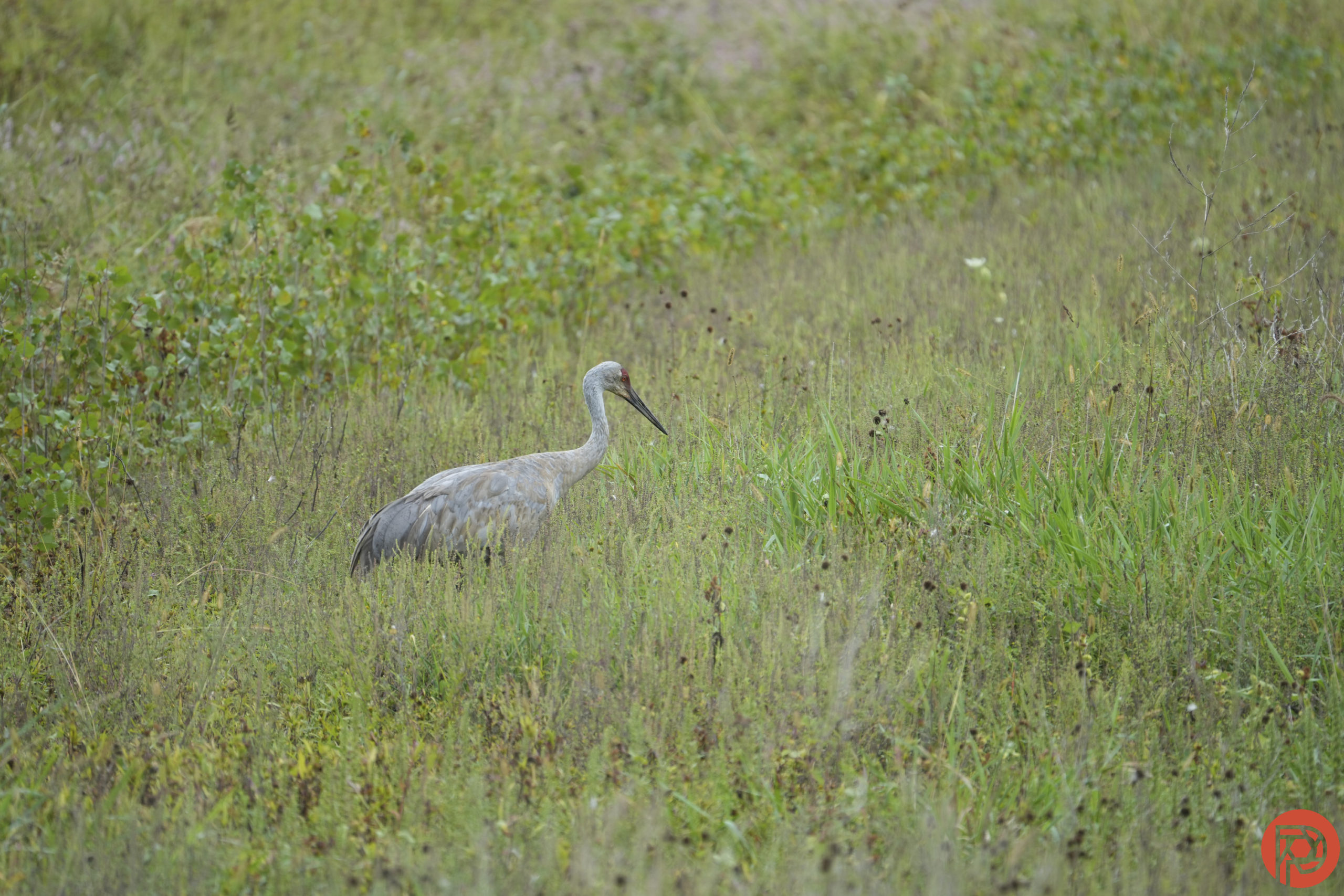

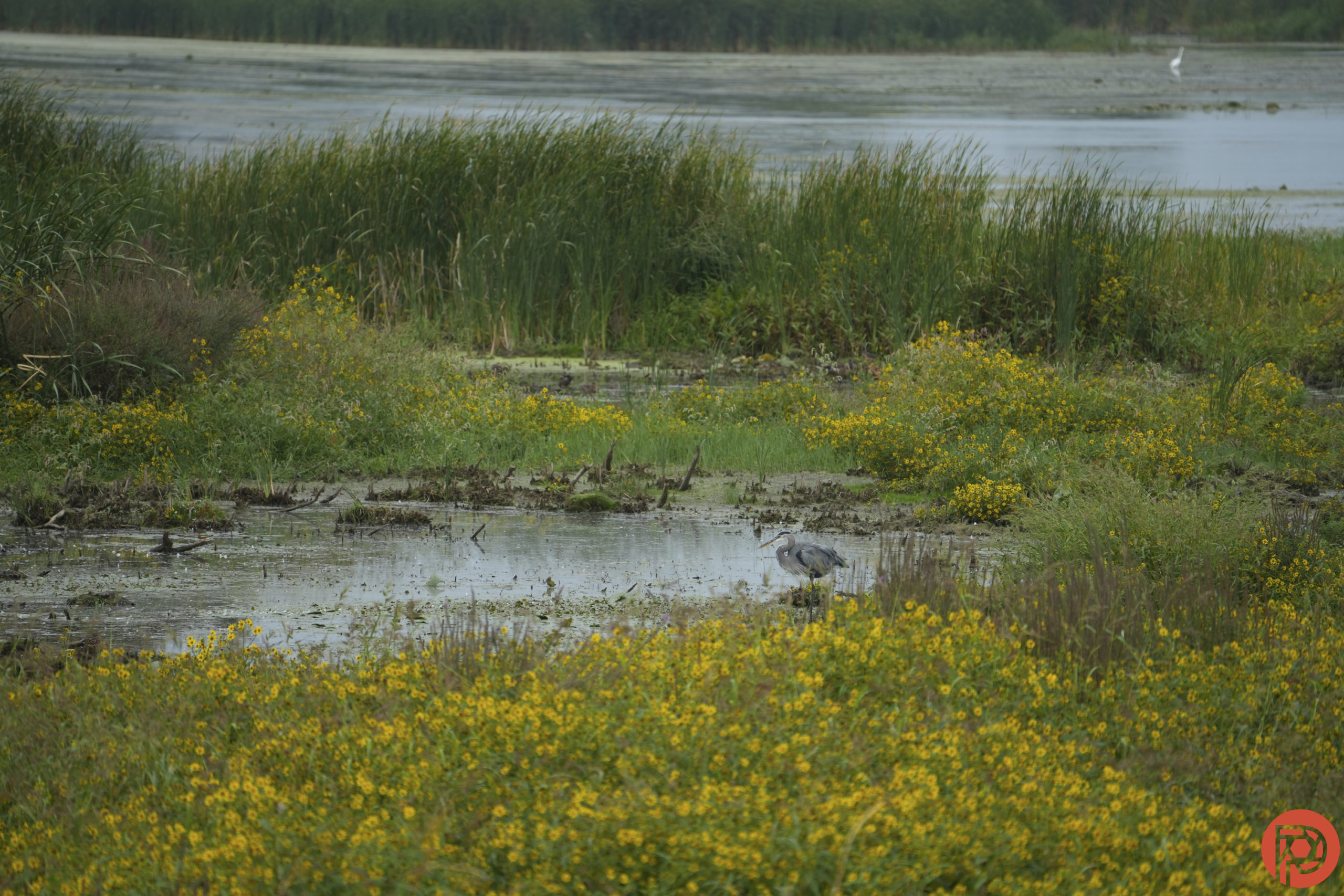
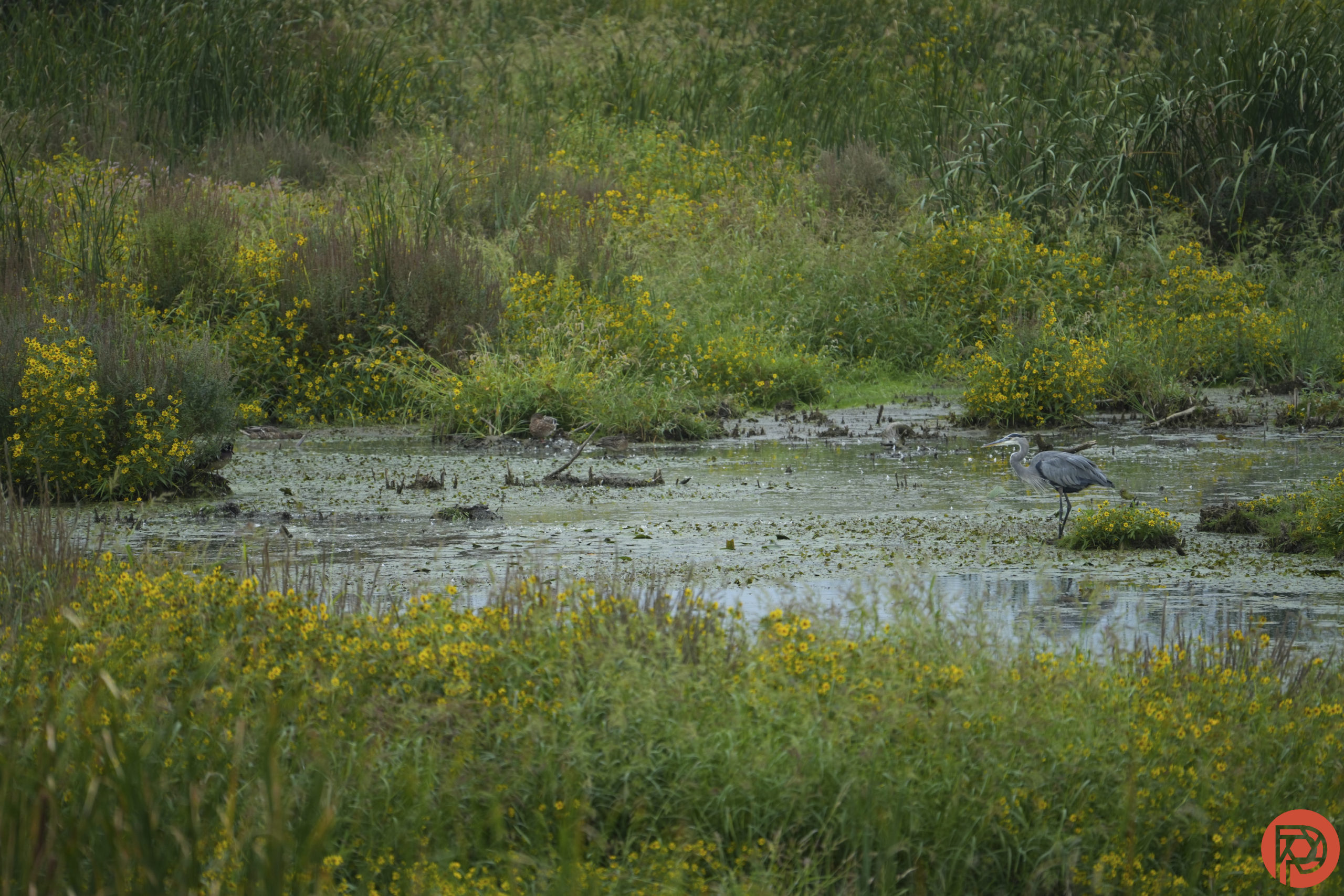

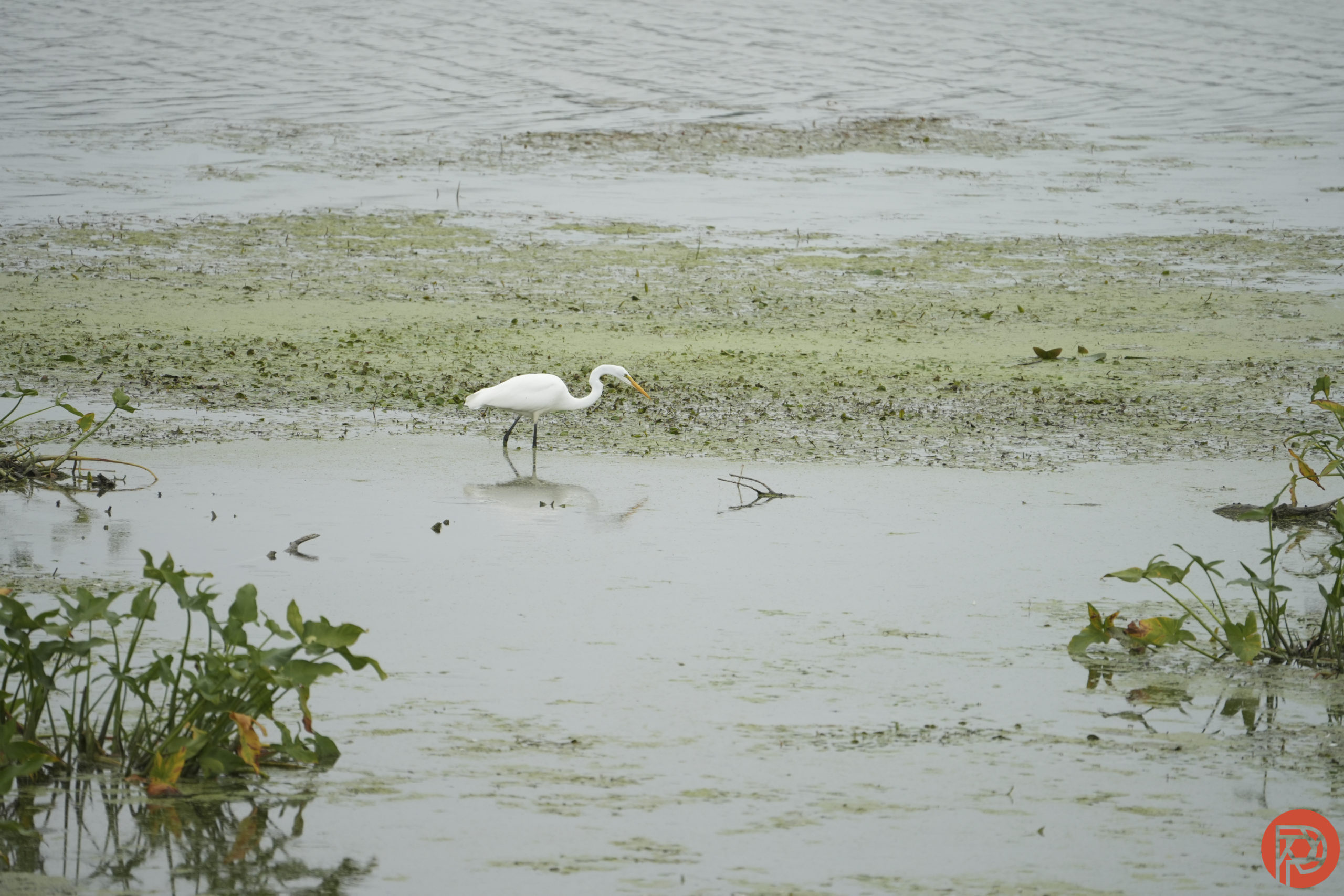

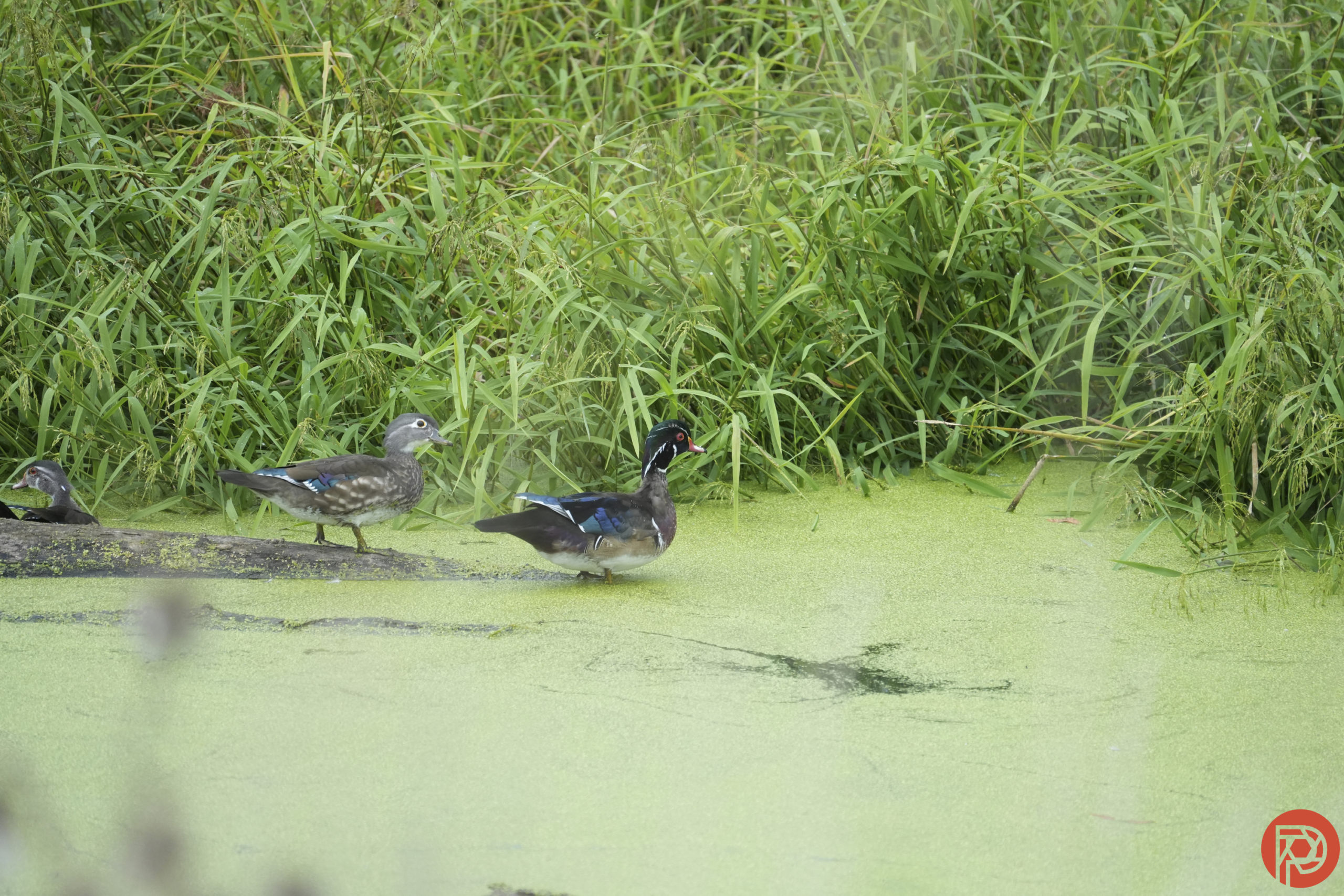
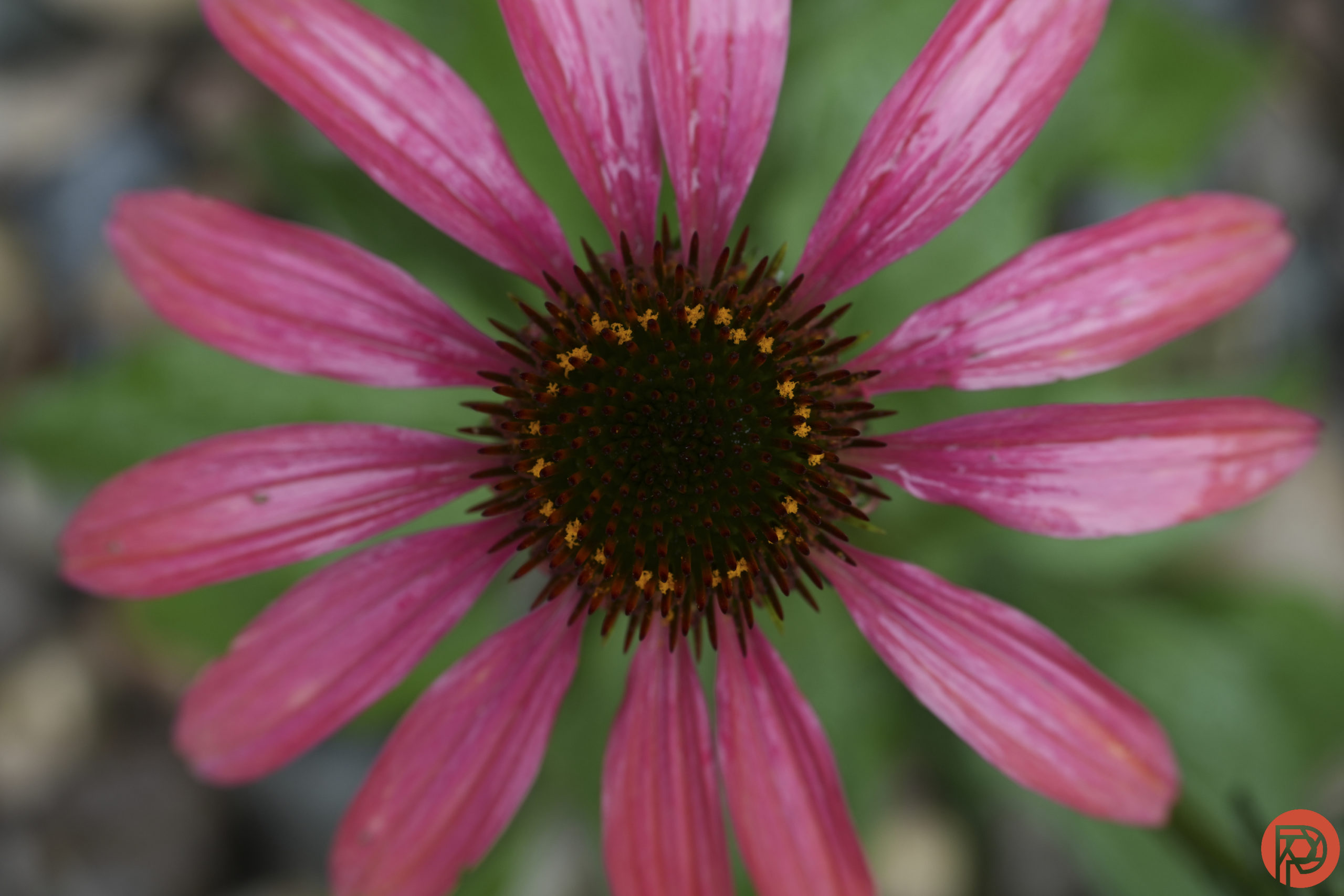

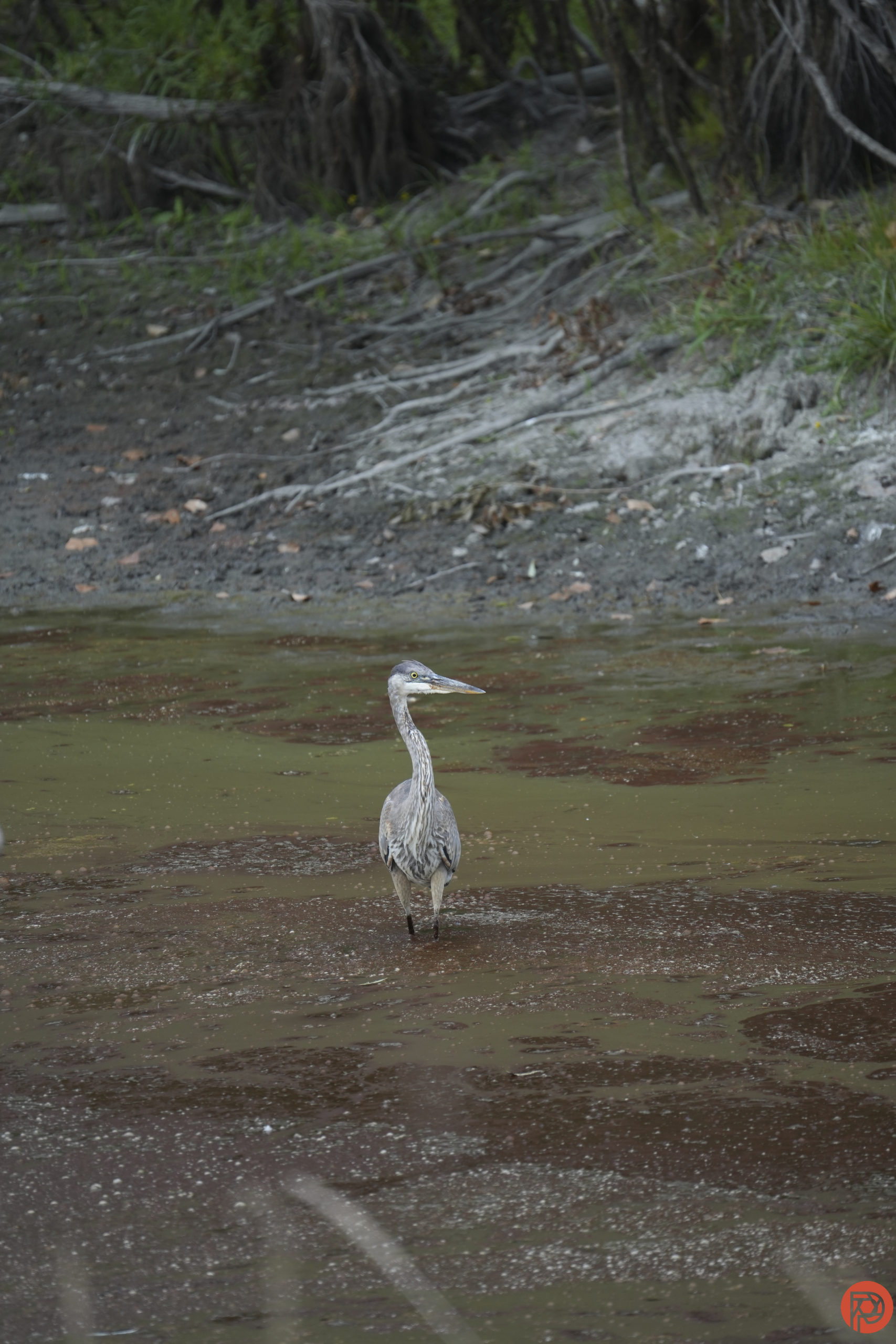
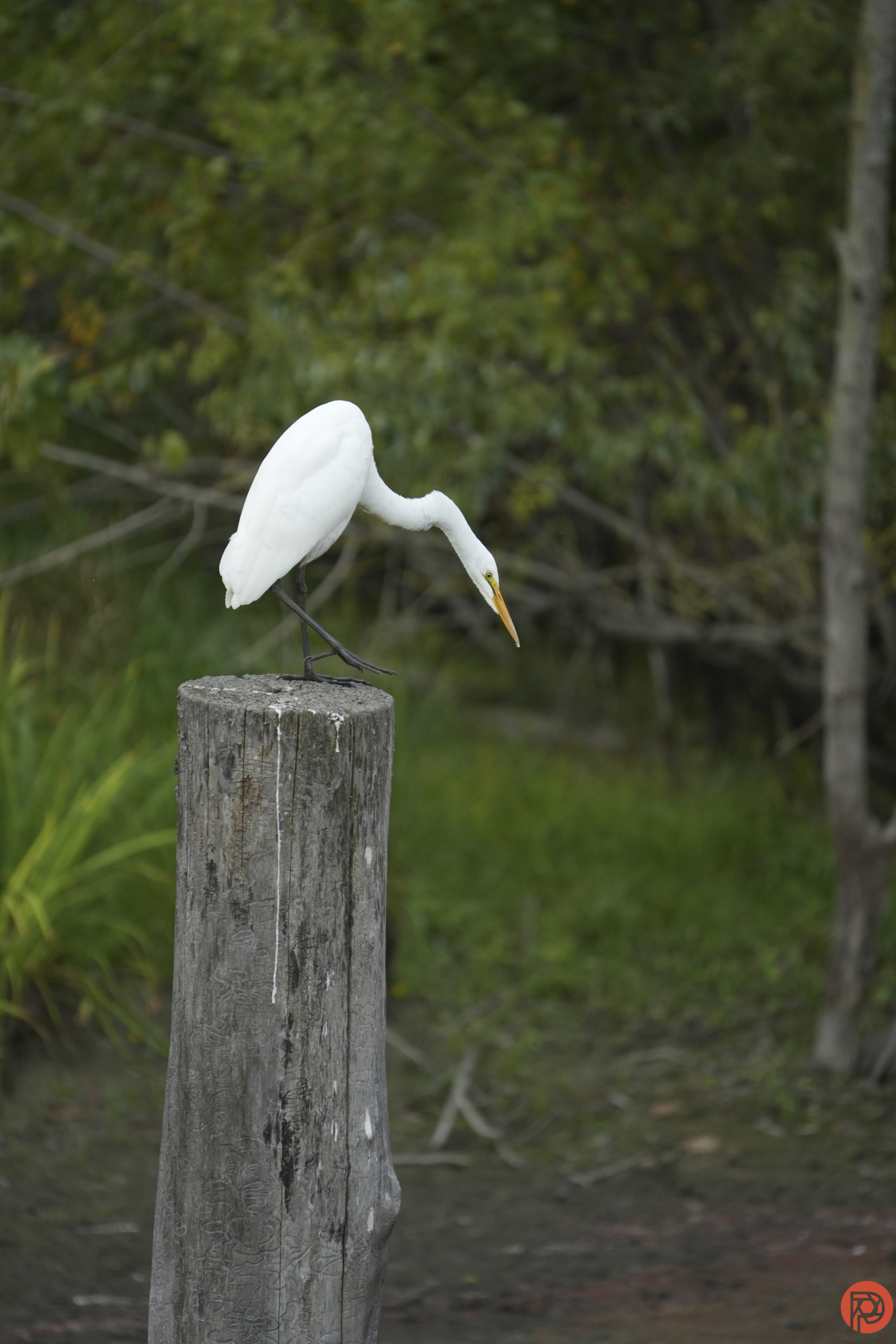
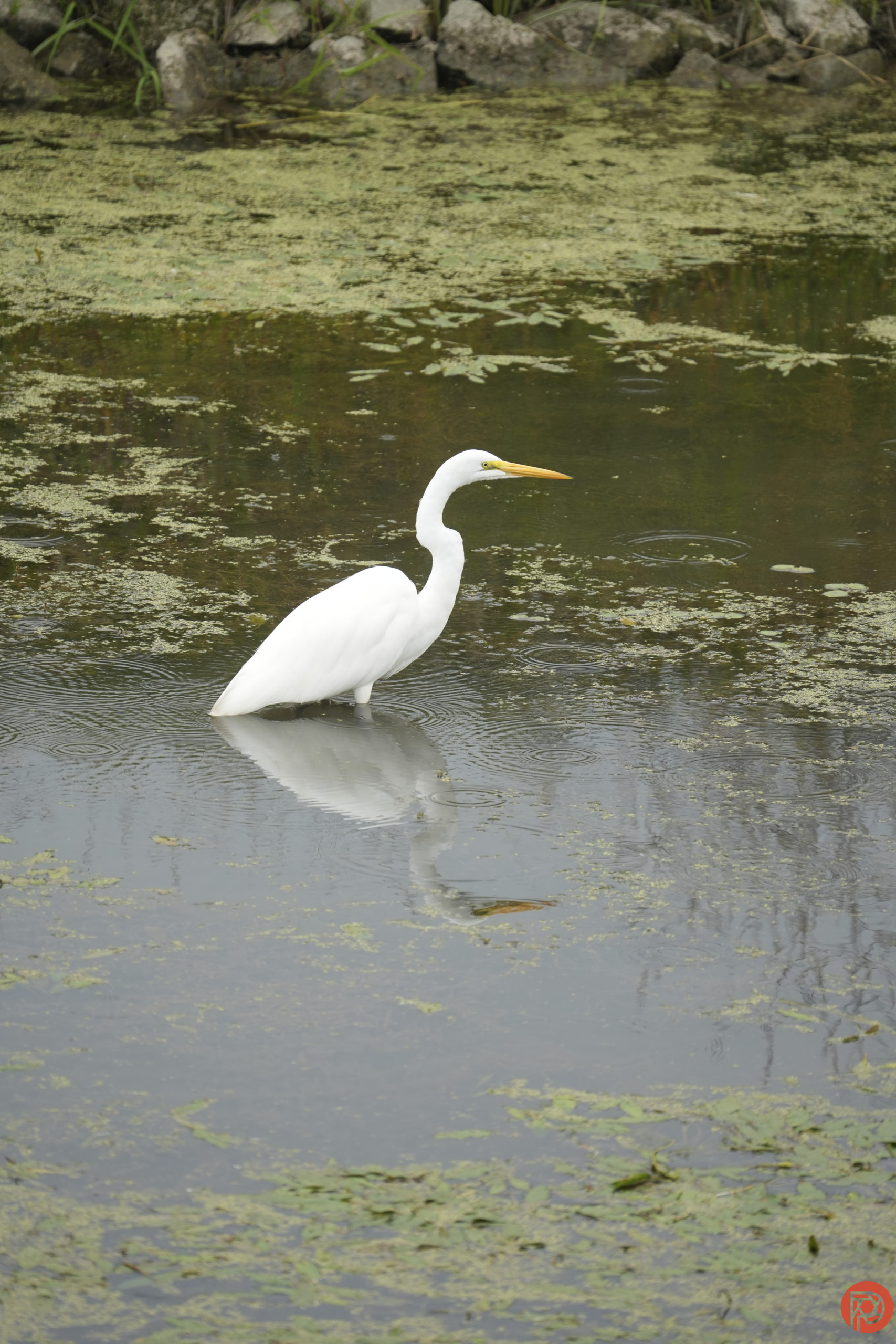
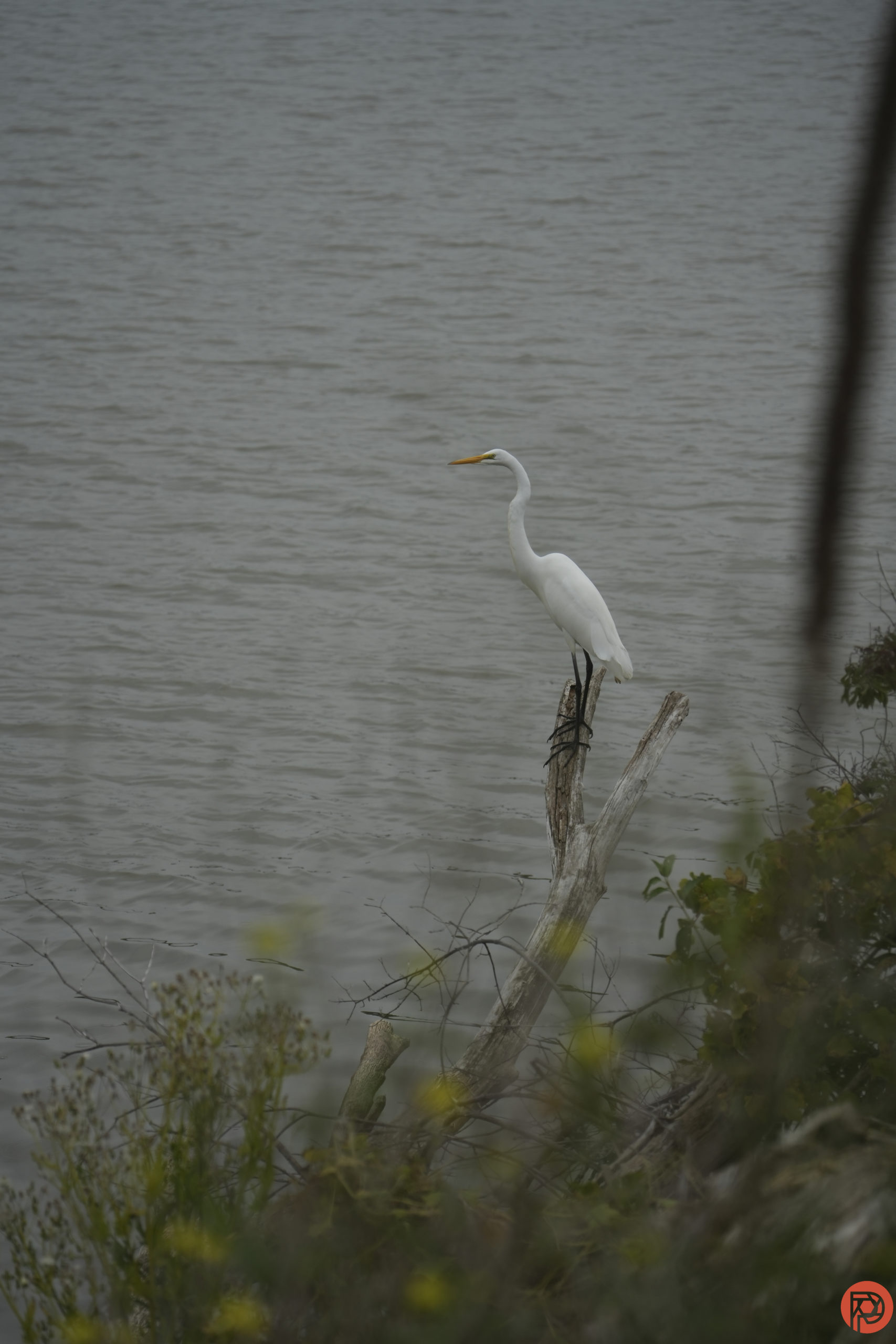
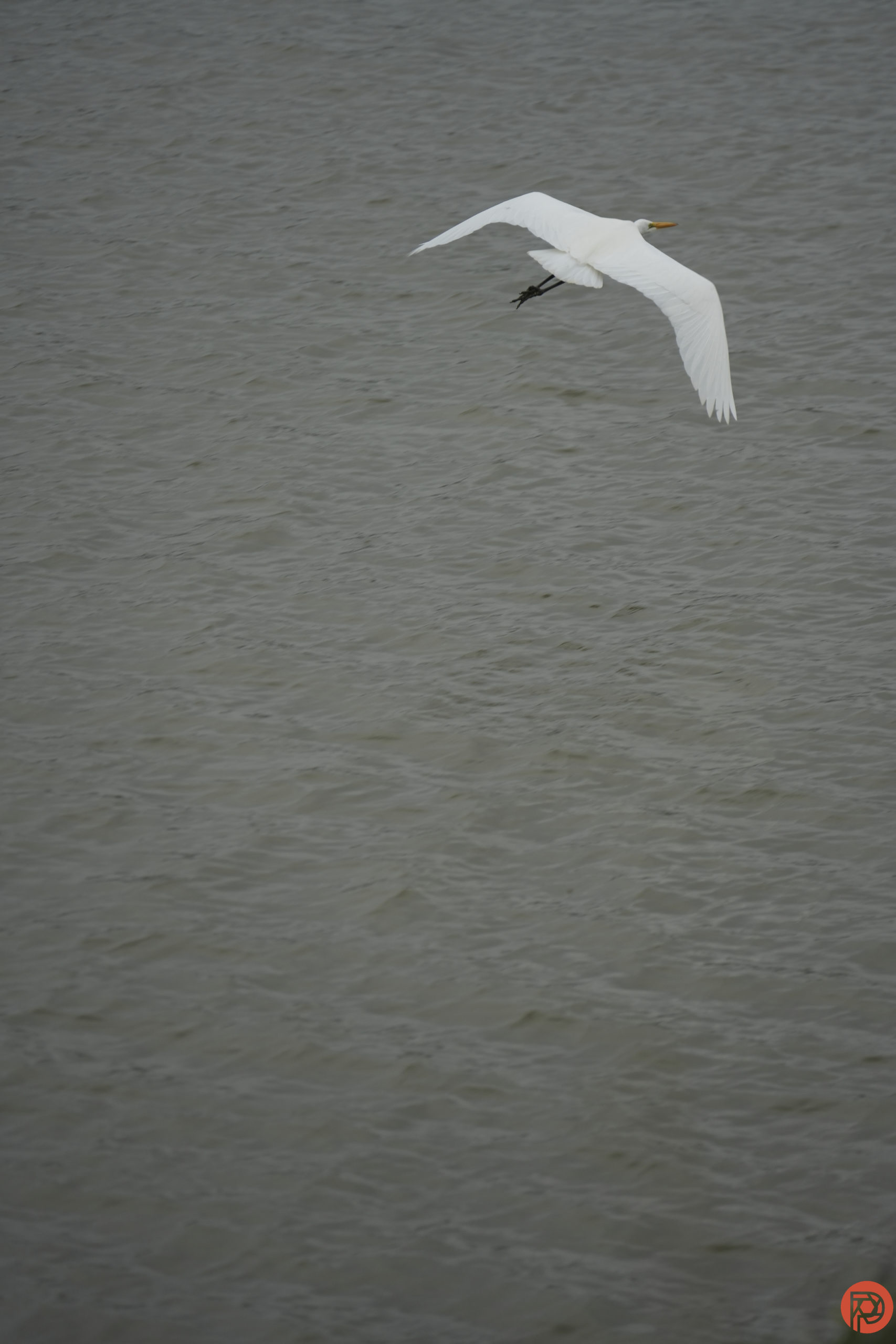
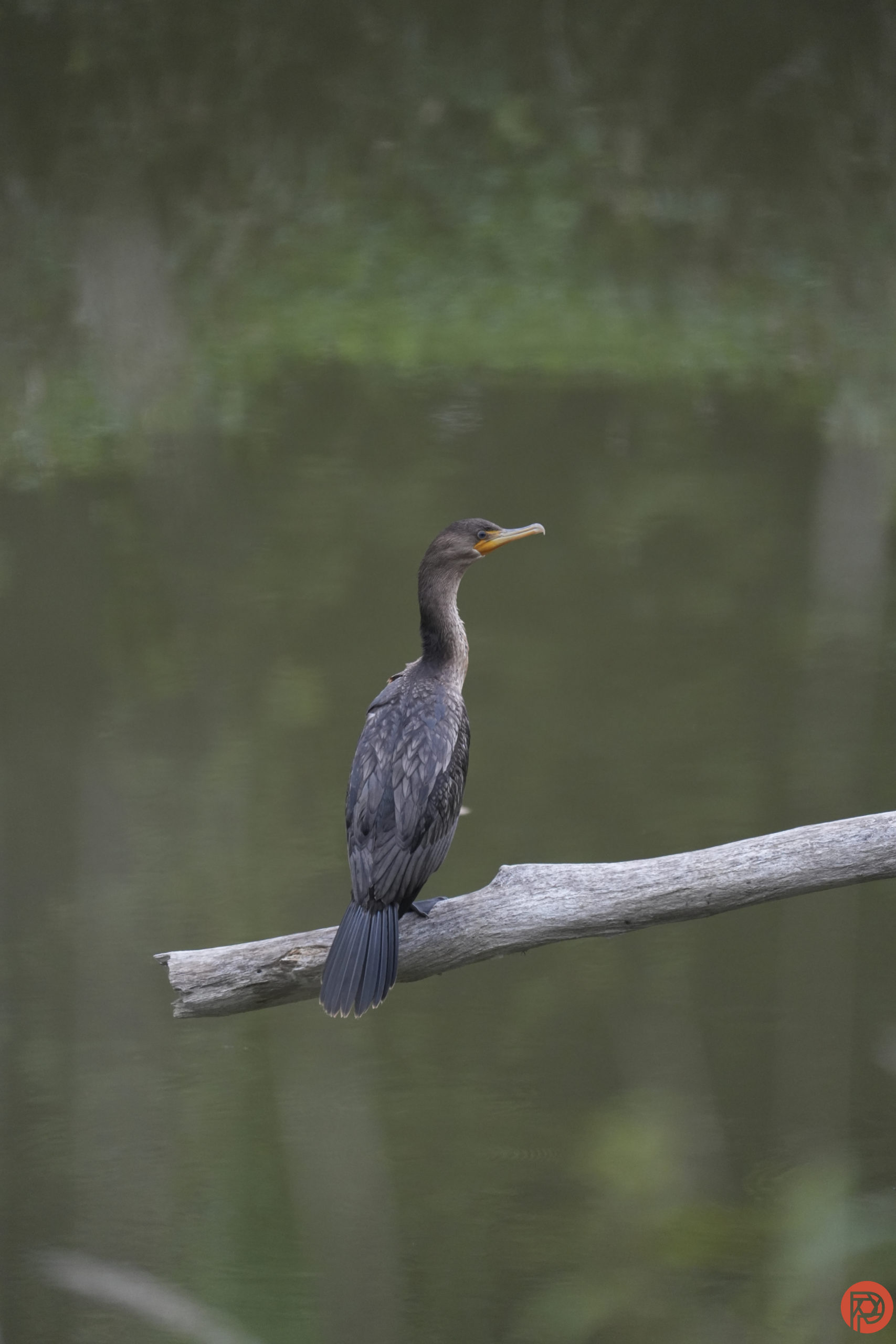
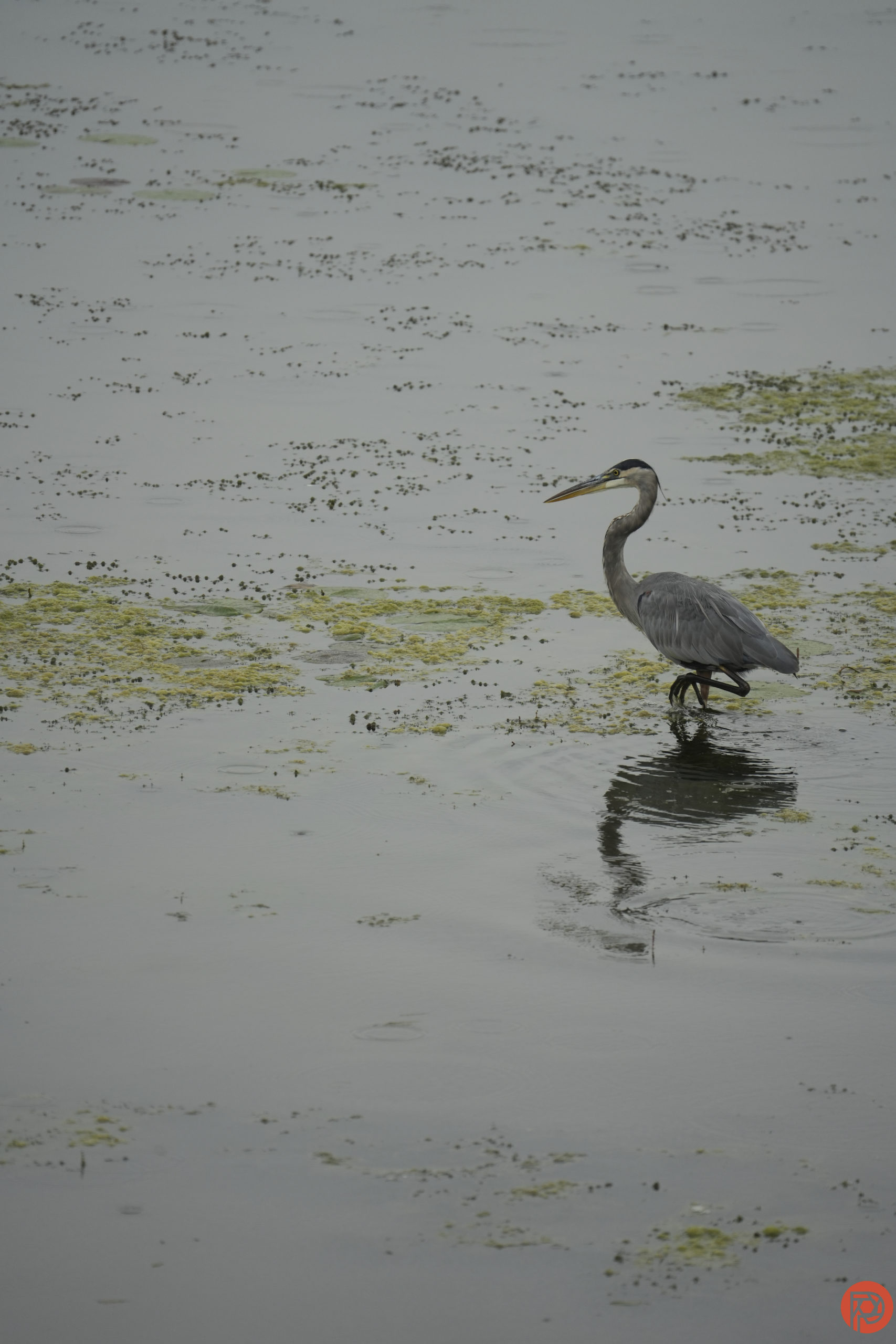
Edited


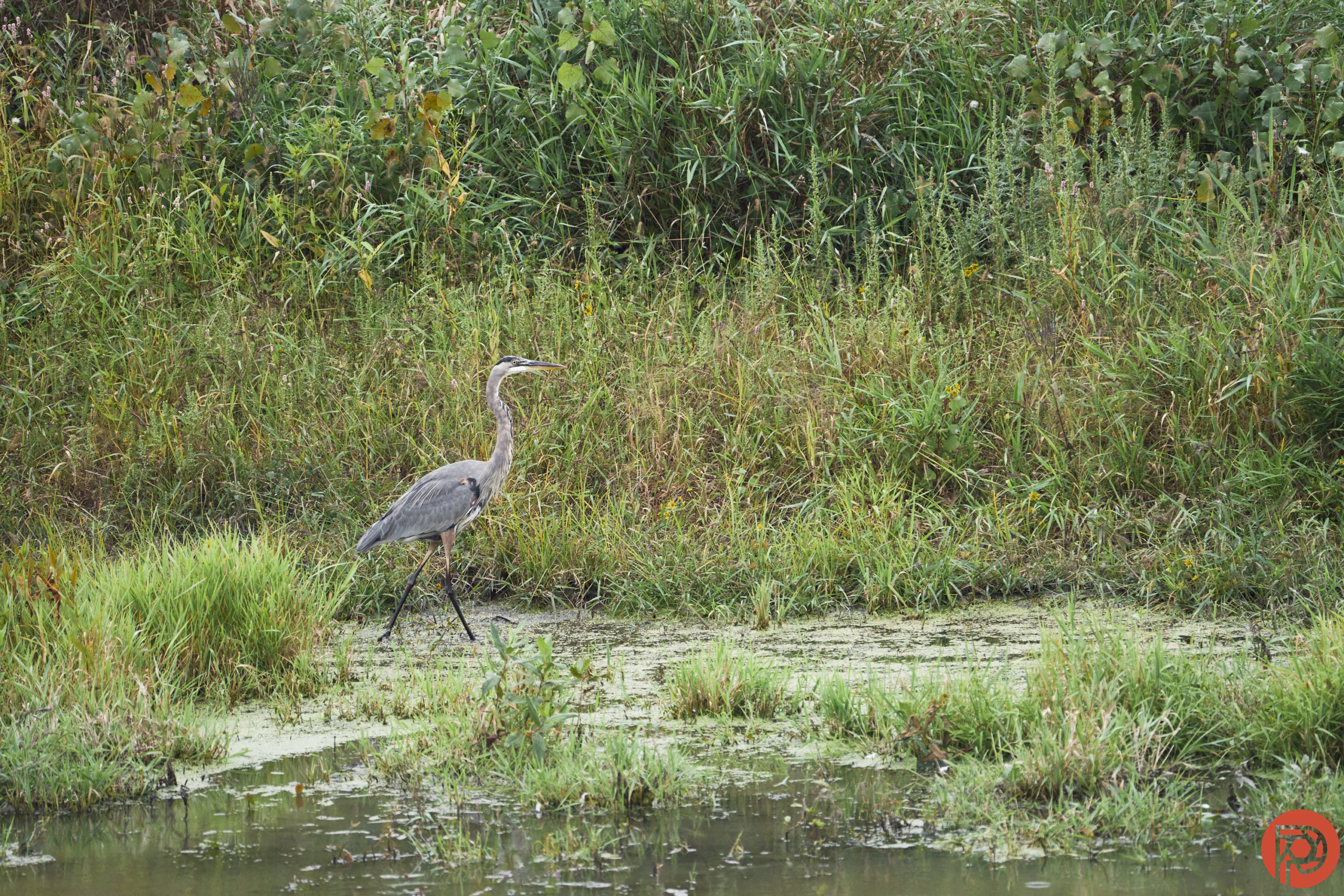

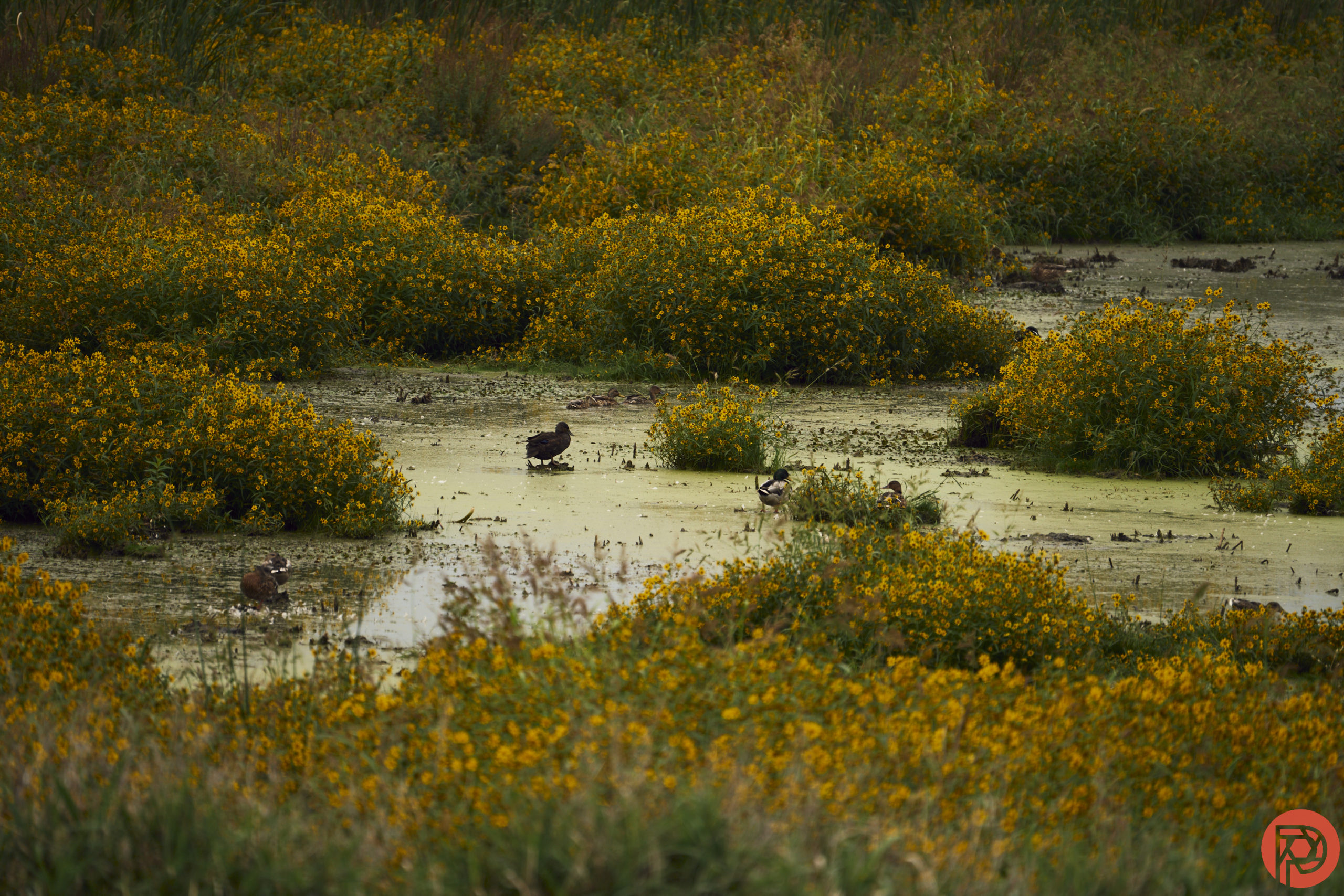
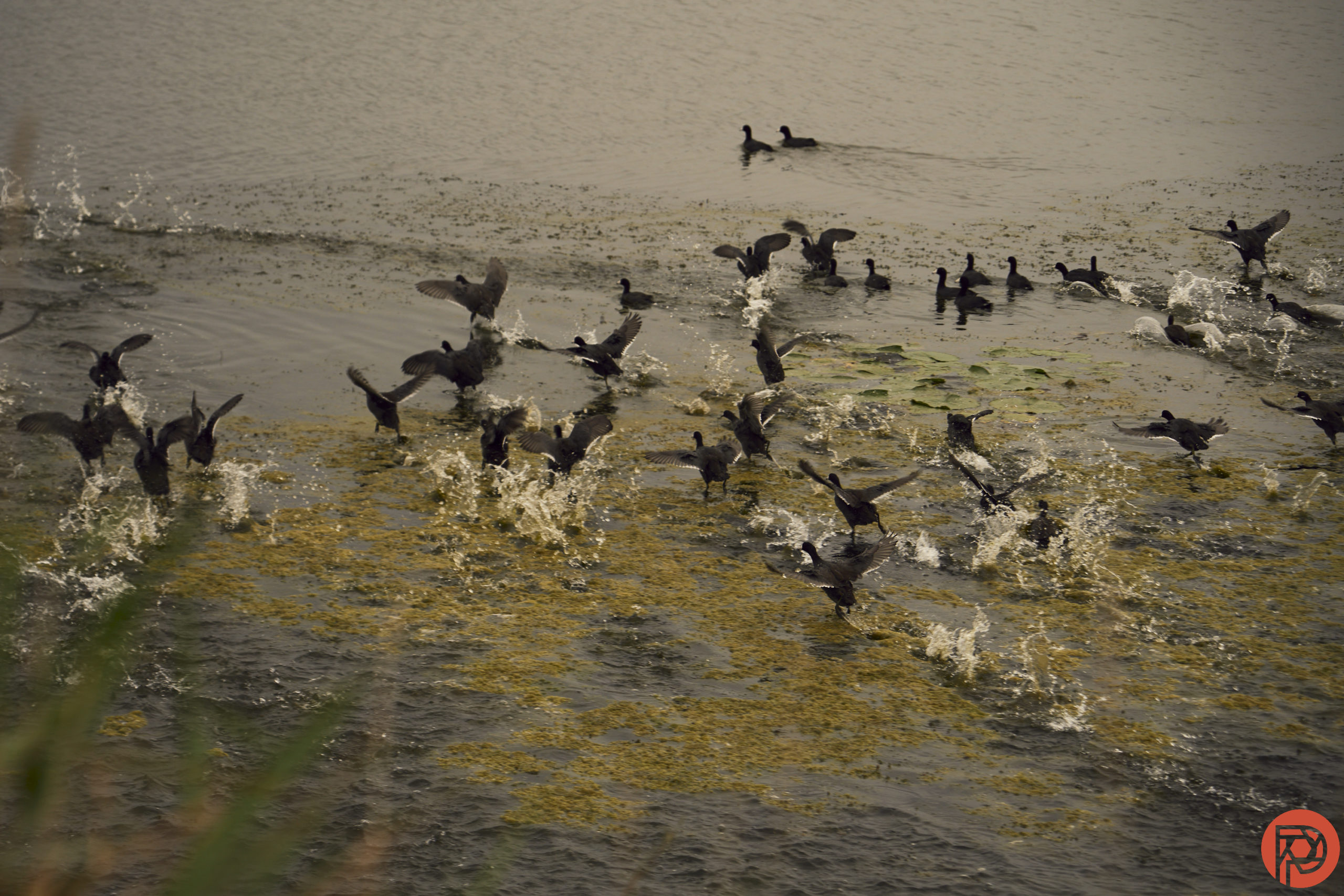

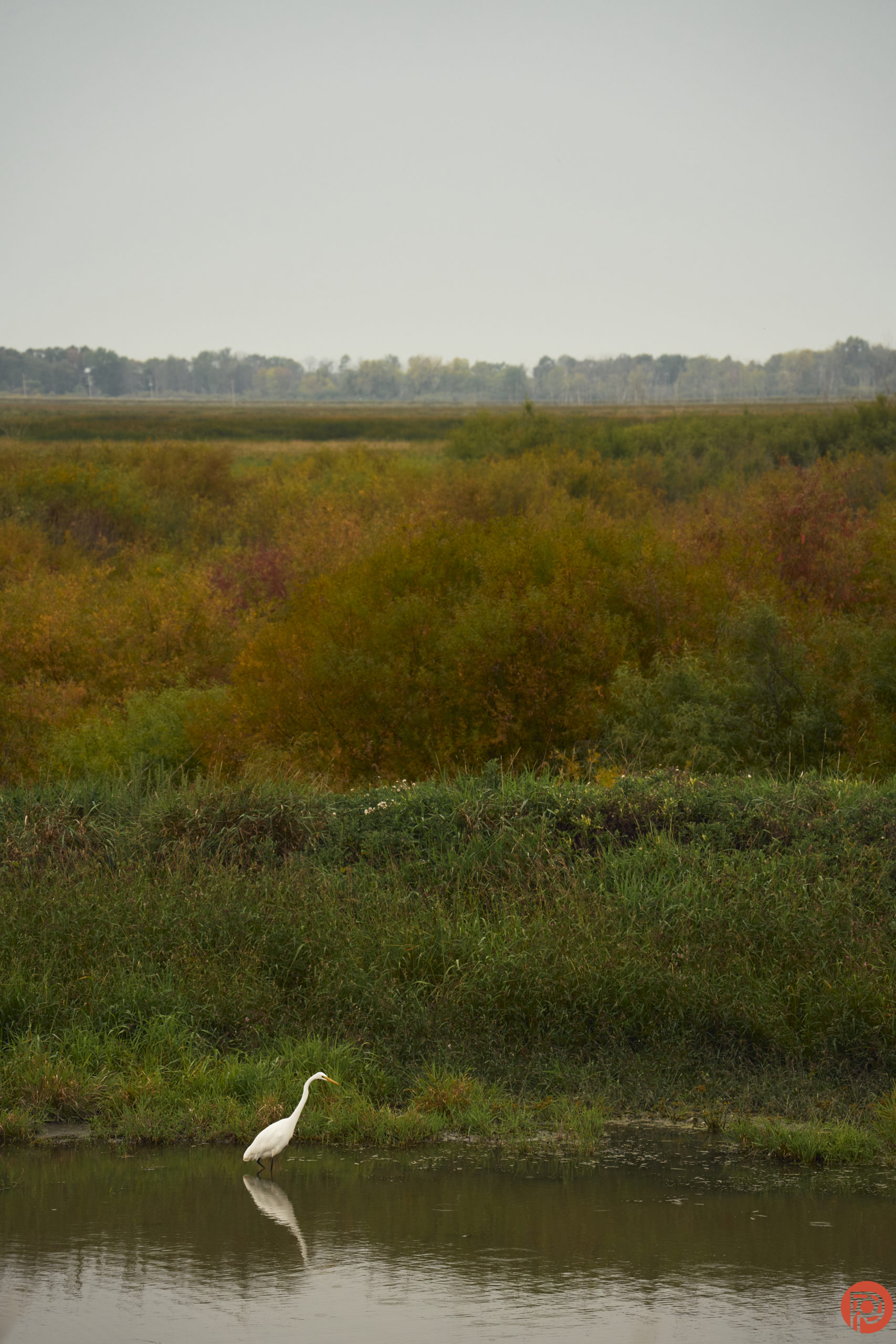
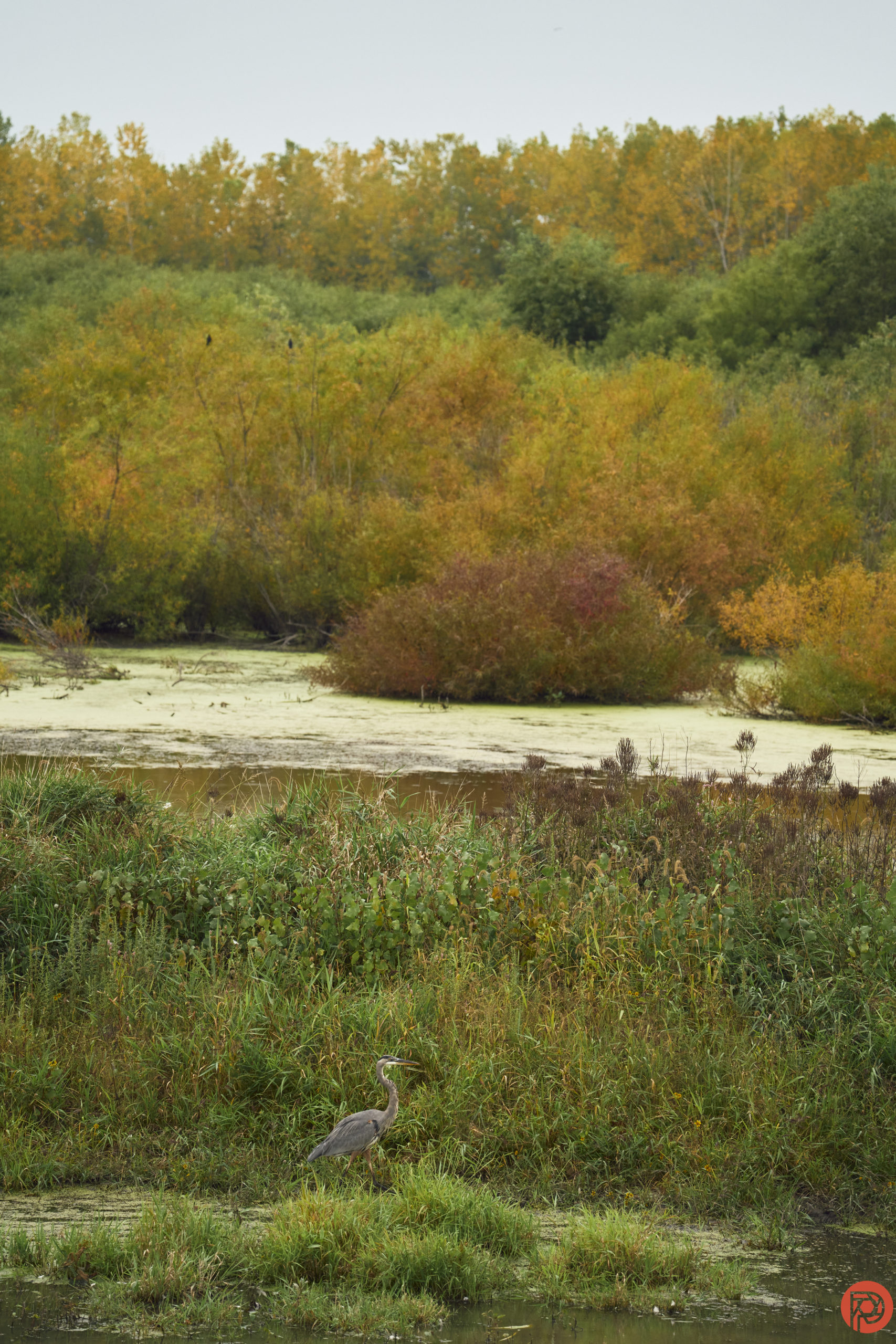
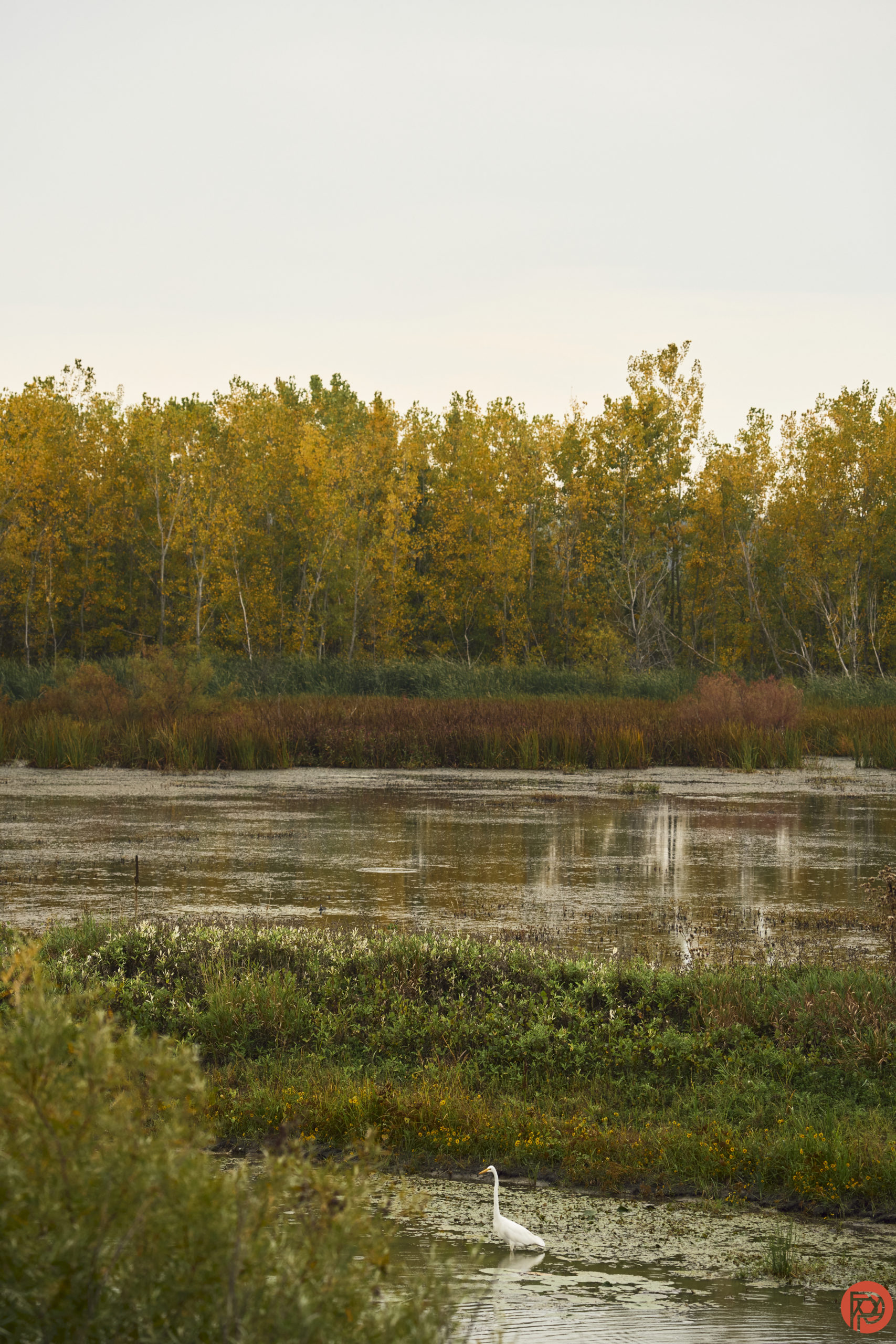
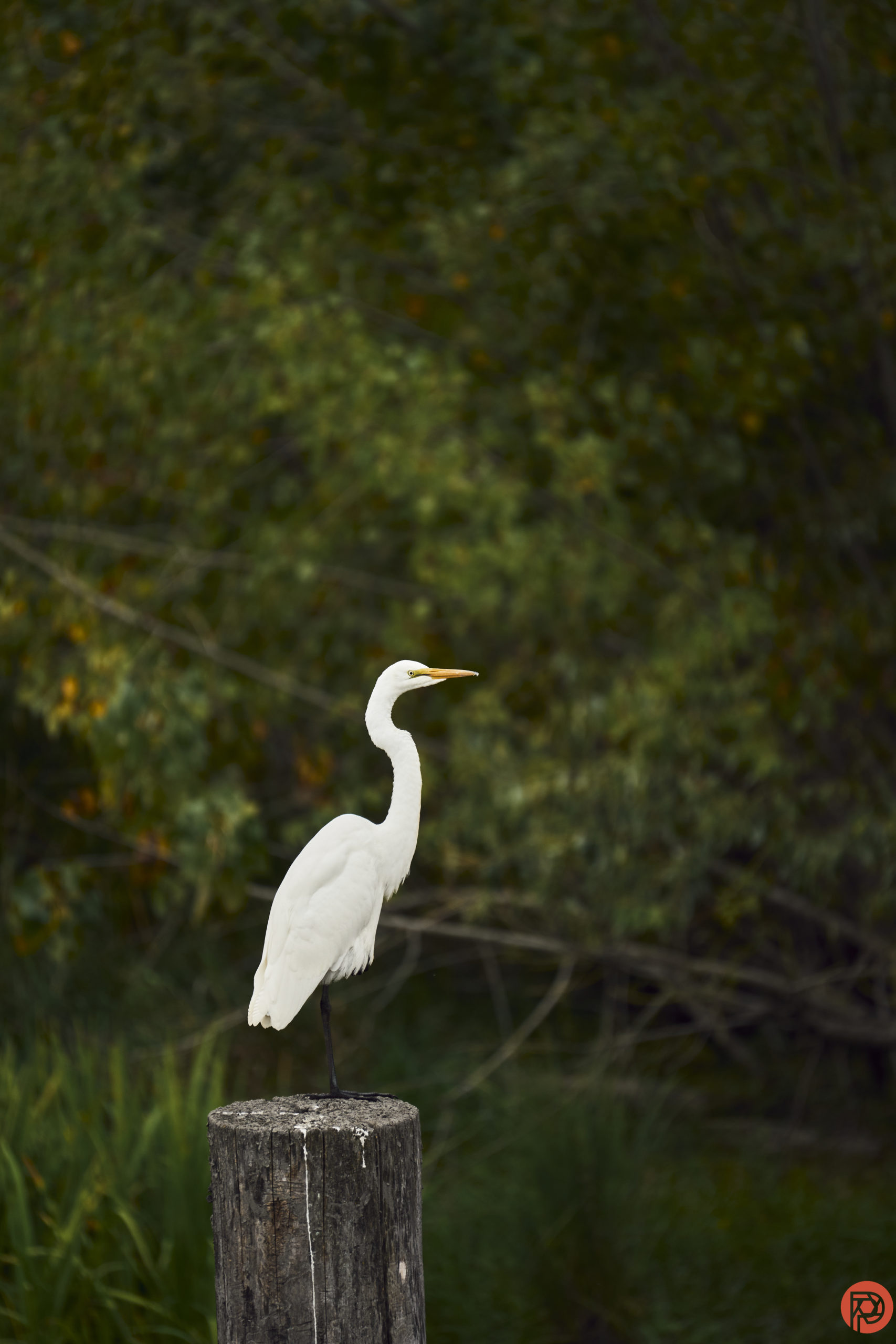

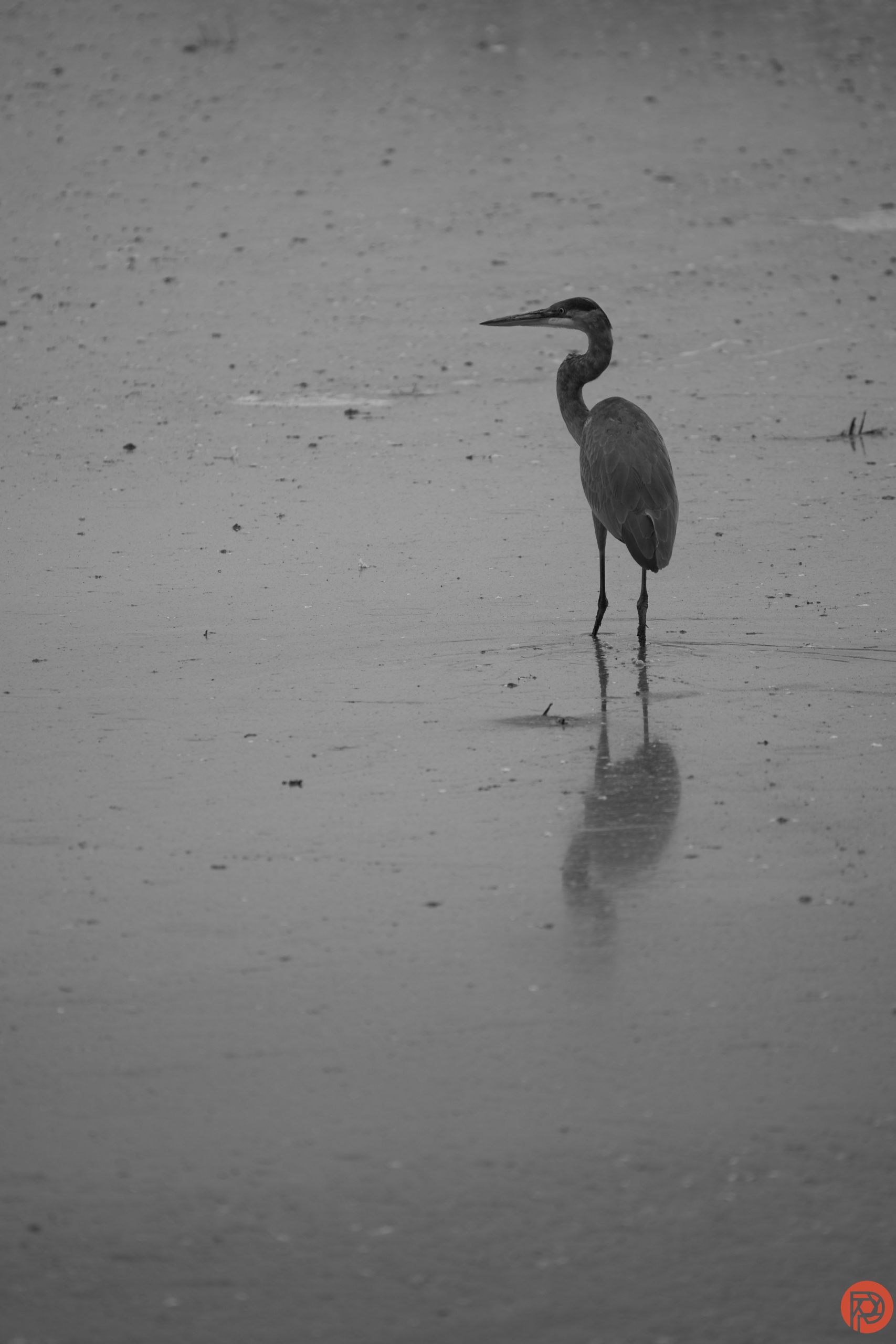
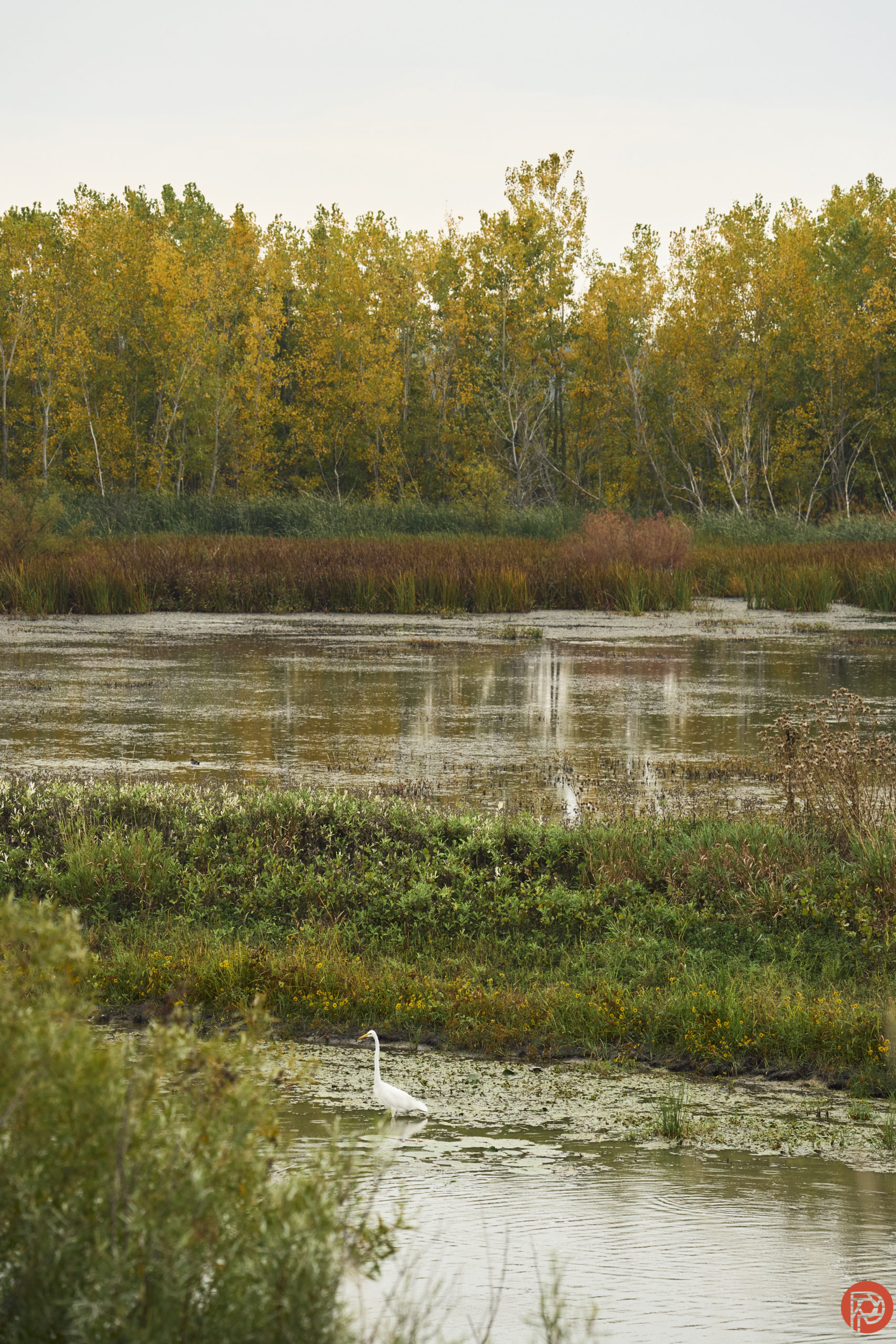
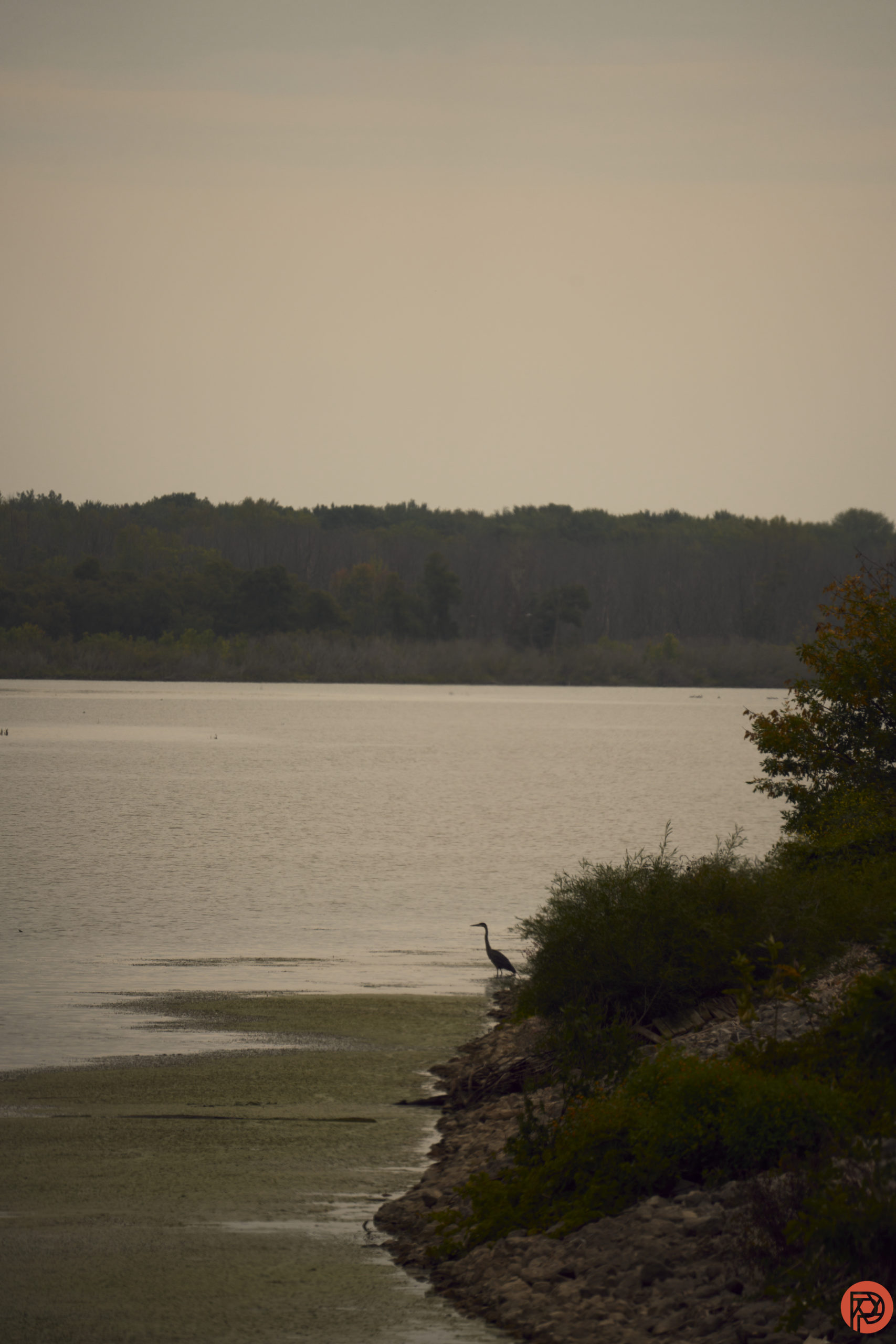
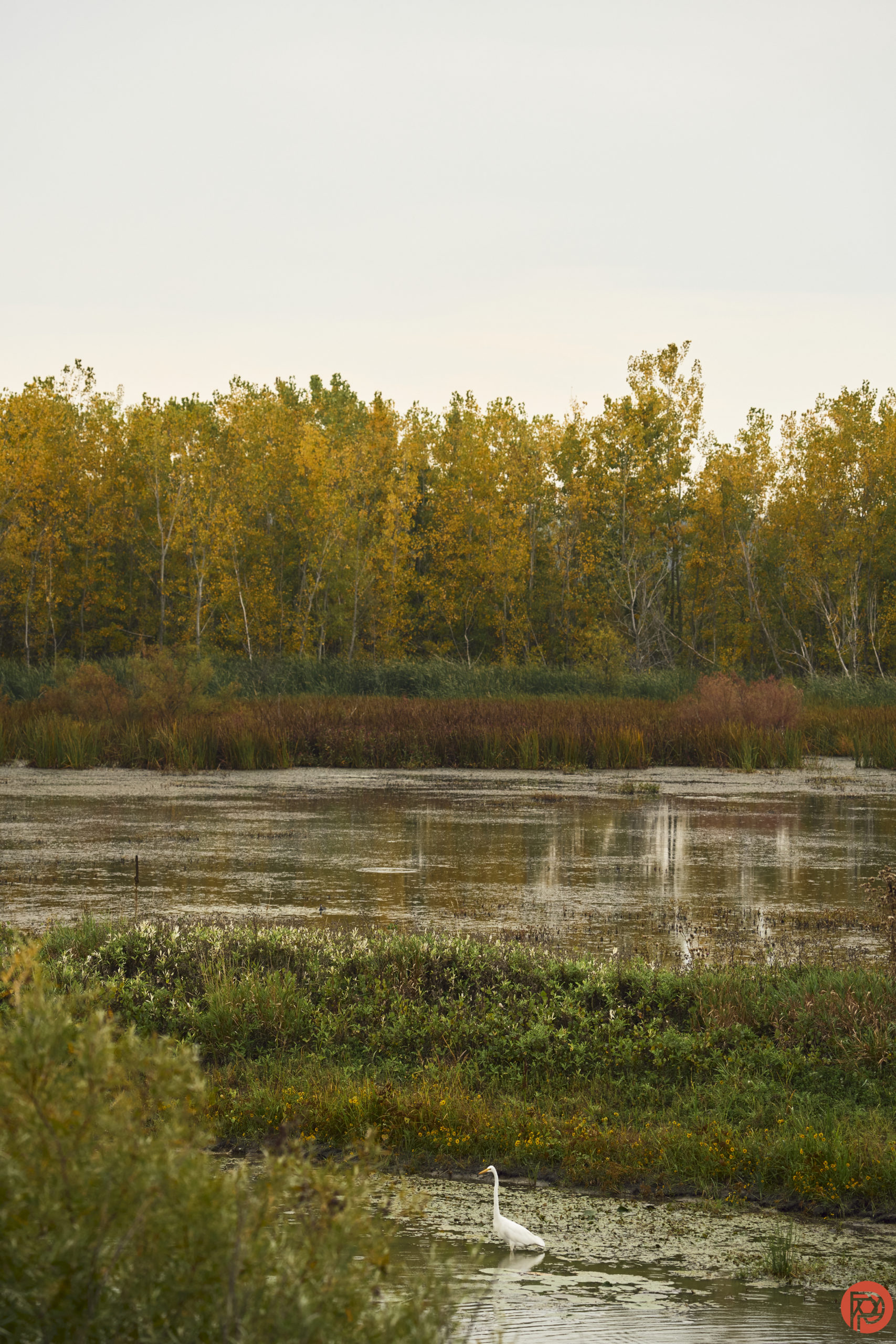
Who Should Buy It?
If you want Sony-level sharpness without the price of a G Master lens and a wide zoom range, buy the Tamron 50-400mm. Image quality leaves very little to complain about. And, with a focal range starting at 50mm, it’s a nice complement to the typical focal lengths of a kit lens. If versatility, portability, affordability, and sharpness are important, this lens is an excellent option.
However, if you want to stand at the finish line and photograph runners heading straight toward you, there may be better choices. The longest end of this lens has a bit of trouble, with the fastest subjects coming straight towards the lens. This lens can still capture those challenging subjects, but the hit rate is much better at 100mm than at 400mm.
Wildlife shooters should also consider the Tamron 150-500mm f5-6.7 DI III. If you don’t need that middle 50mm focal length, the extra 100mm on the end is a big help in photographing the most skittish animals.
Tech Specs
Tamron lists the following technical specifications for the 50-400mm lens:
- Model: A067
- Focal Length: 50-400mm
- Maximum Aperture: F4.5-6.3
- Angle of View: (diagonal) 46°48′- 6°11’ (for APS-C frame mirrorless format)
- Optical Construction: 24 elements in 18 groups
- Minimum Object Distance: 0.25m (9.8 in) (WIDE) / 1.5m (59.1 in) (TELE)
- Maximum Magnification Ratio: 1:2 (WIDE) / 1:4 (TELE)
- Filter Size: φ67mm
- Maximum Diameter: φ88.5mm
- Length*: 183.4mm / 7.2 in
- Weight: 1,155g / 40.7 oz
- Aperture Blades: 9 (circular diaphragm)**
- Minimum Aperture: F22-32
- Standard Accessory: Flower-shaped hood, Lens caps
- Mounts: Sony E-mount
* Length is the distance from the front tip of the lens to the lens mount face.
** The circular diaphragm stays almost perfectly circular up to two stops down from maximum aperture.
The Phoblographer may receive affiliate compensation for products purchased using links in this blog posted.


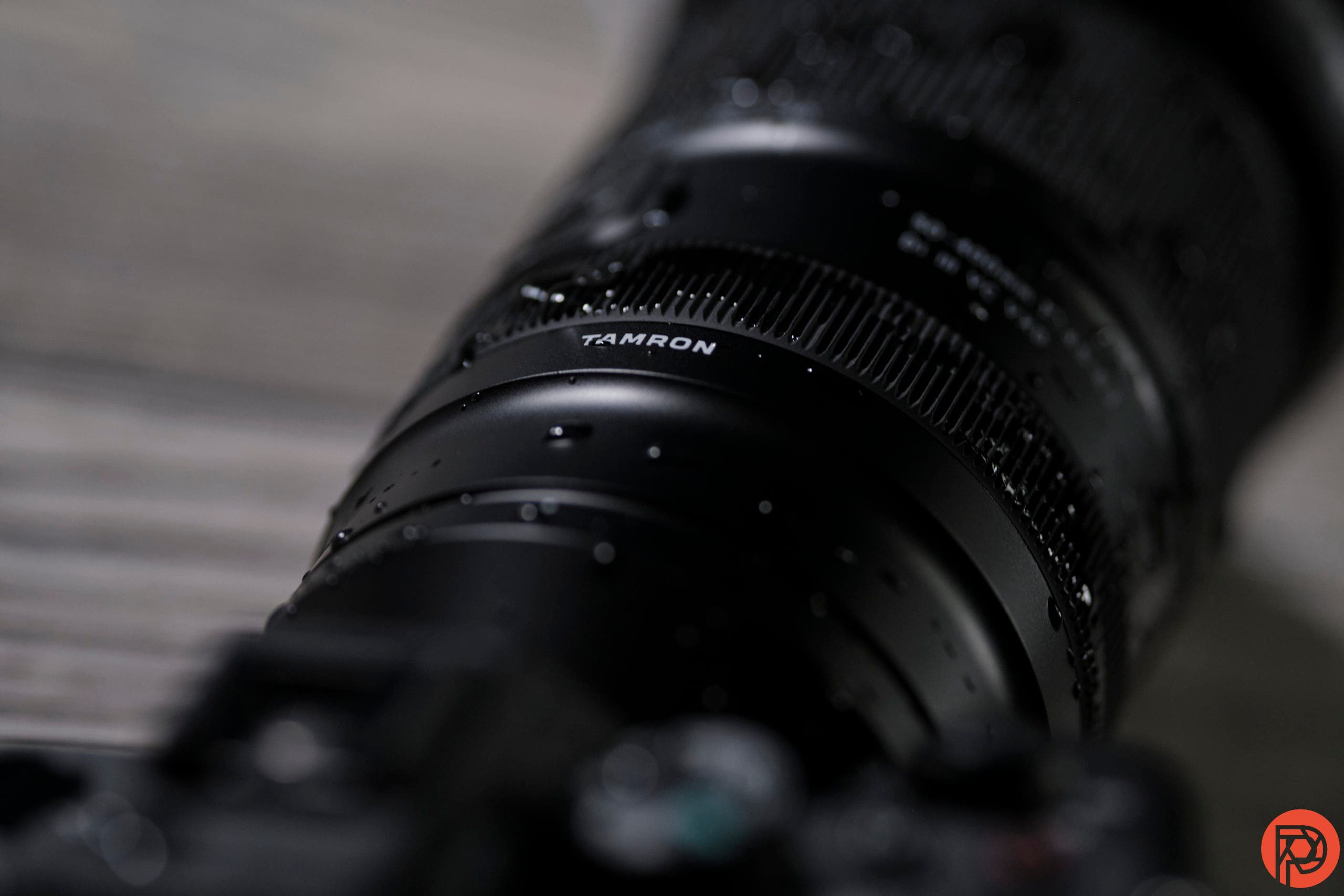
Leave a Reply